PERU JULY 2024
Peru is a nation that is aware of its history. There is a sense of accompanying pride which favors humbling to hubris in the air at any given time. Contrastingly, the country’s heritage cannot discount the impact of the Spanish and catholic influence. Before leaving for Peru my interests were in seeking parallels between the structure and functions of Inca society vs. the current political state. The pictures taken over the course of this trip are from Lima and the Cusco region; the current and former capitols.
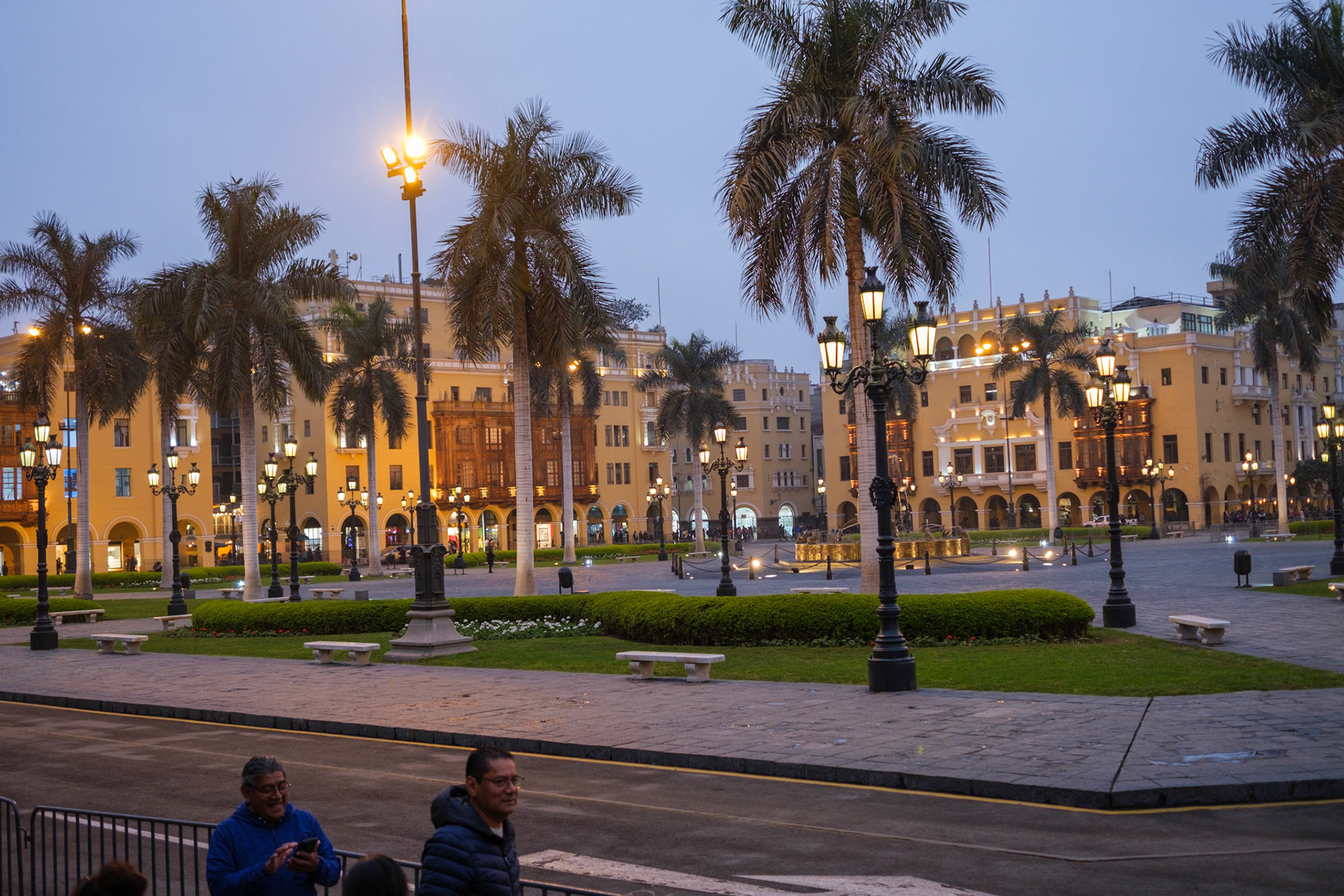
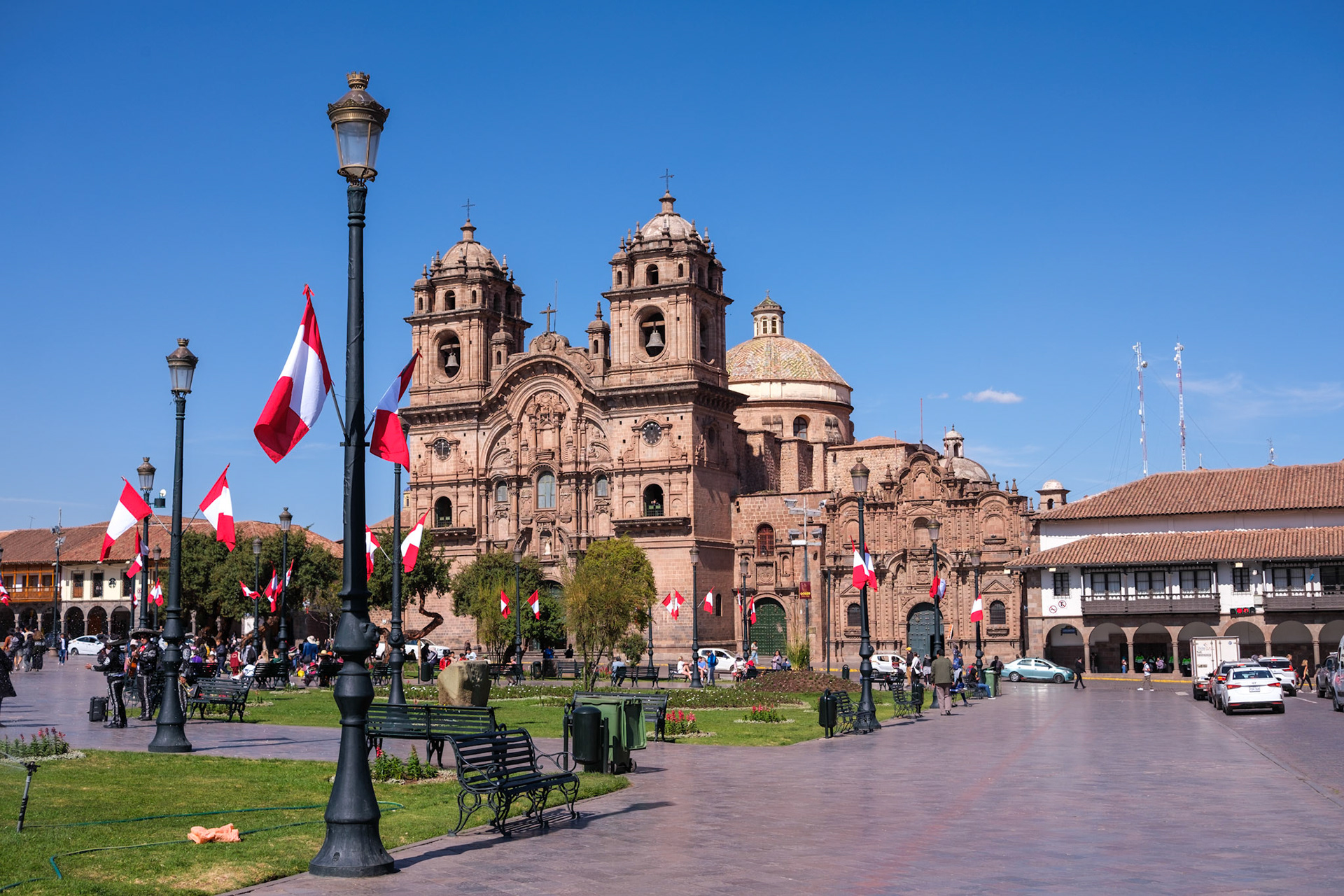

The lines of communication across Peru are knotted. This is a motif that is seen throughout the country from public art, to restaurants and gift shops. The tradition is a reference to the Incan system of accounting, wherein sums and figures were shared by the precise knotting of cords. These messages were essentially the primary means of sharing communication, given the absence of written language. This innovation was generally carried via relay of messengers operating a series of mountain roads and steps constructed by the Inca. The Incan trail is the most well-known of these routes (about 40 km) of stone walkway leading directly to Machu Picchu.
We arrived in Cusco city on July 4 in order to properly acclimate to the elevation of 11,152’, before ascending to 15,190’ on the trek we had planned to commence in the next few days. Unbeknownst to us at the time, July—Winter in the southern hemisphere—is month of national celebration. The streets were seen decorated with patriotic ribbons and a visit to the municipal art museum was interrupted by a parade which led to the main square. The occasion to show formal appreciation for camelids, I.e. alpaca, llama, and vicuna.




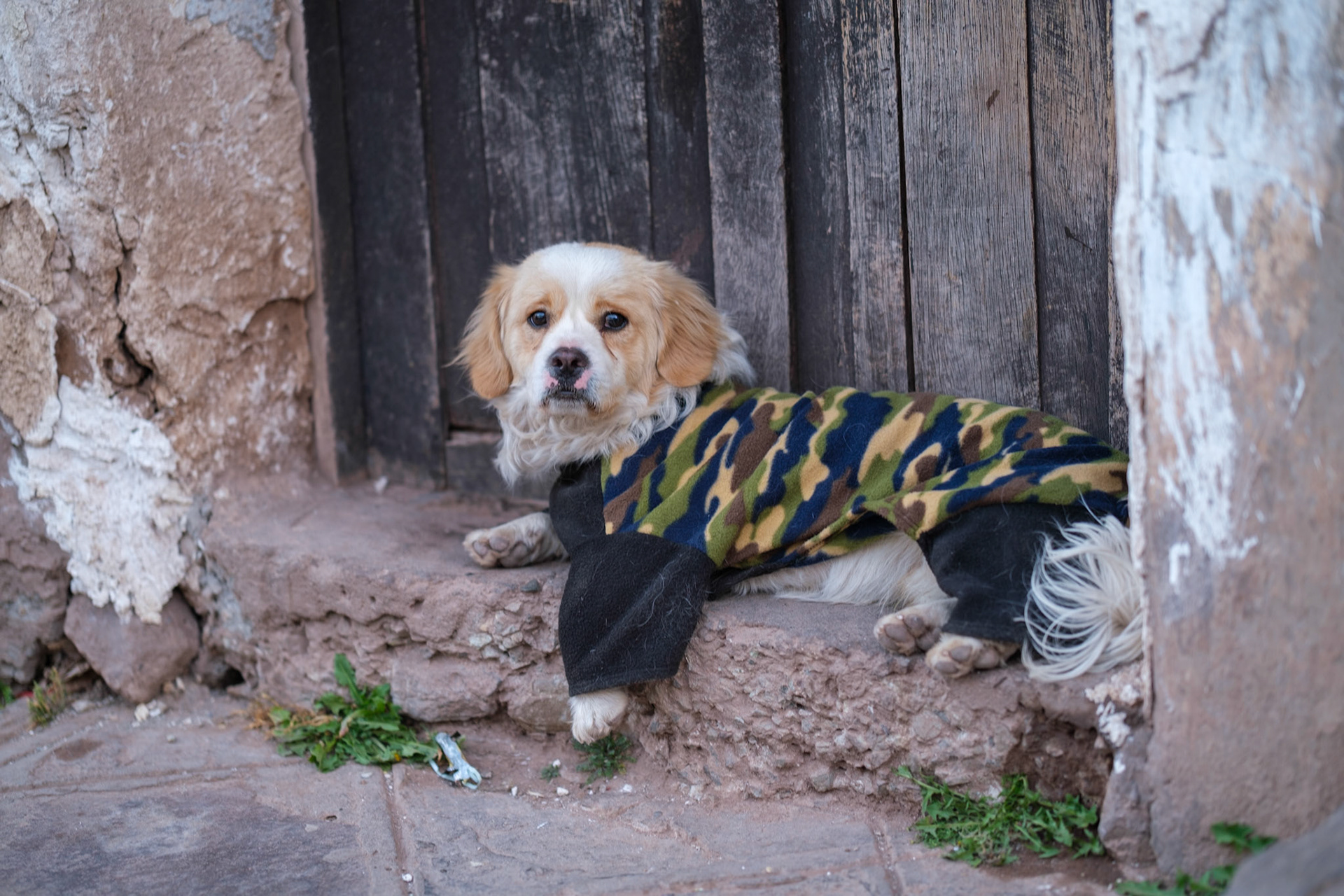



The following day we hiked to Saqsaywaman and the “Cristo Blanco” monument. The first of these was an outpost which demonstrated the precision of Inca engineering. The major feature of this complex is the cutting and fitting of stones in such a way that mortar is not needed. Here one can look over the setting of one of the last battles of the Inca empire against Spanish influence. And across the way, a giant, white statue of christ with its back turned to the monument.

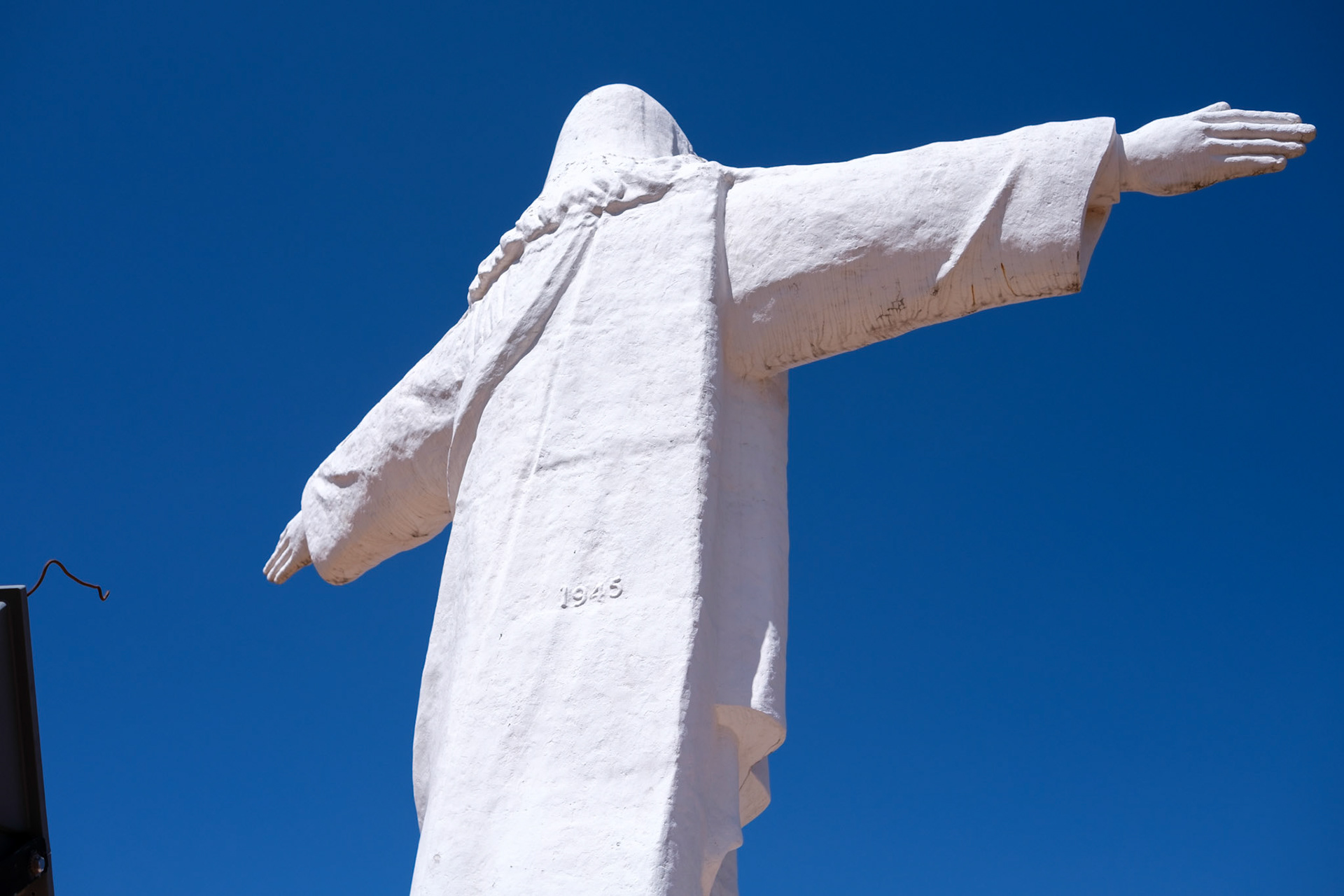


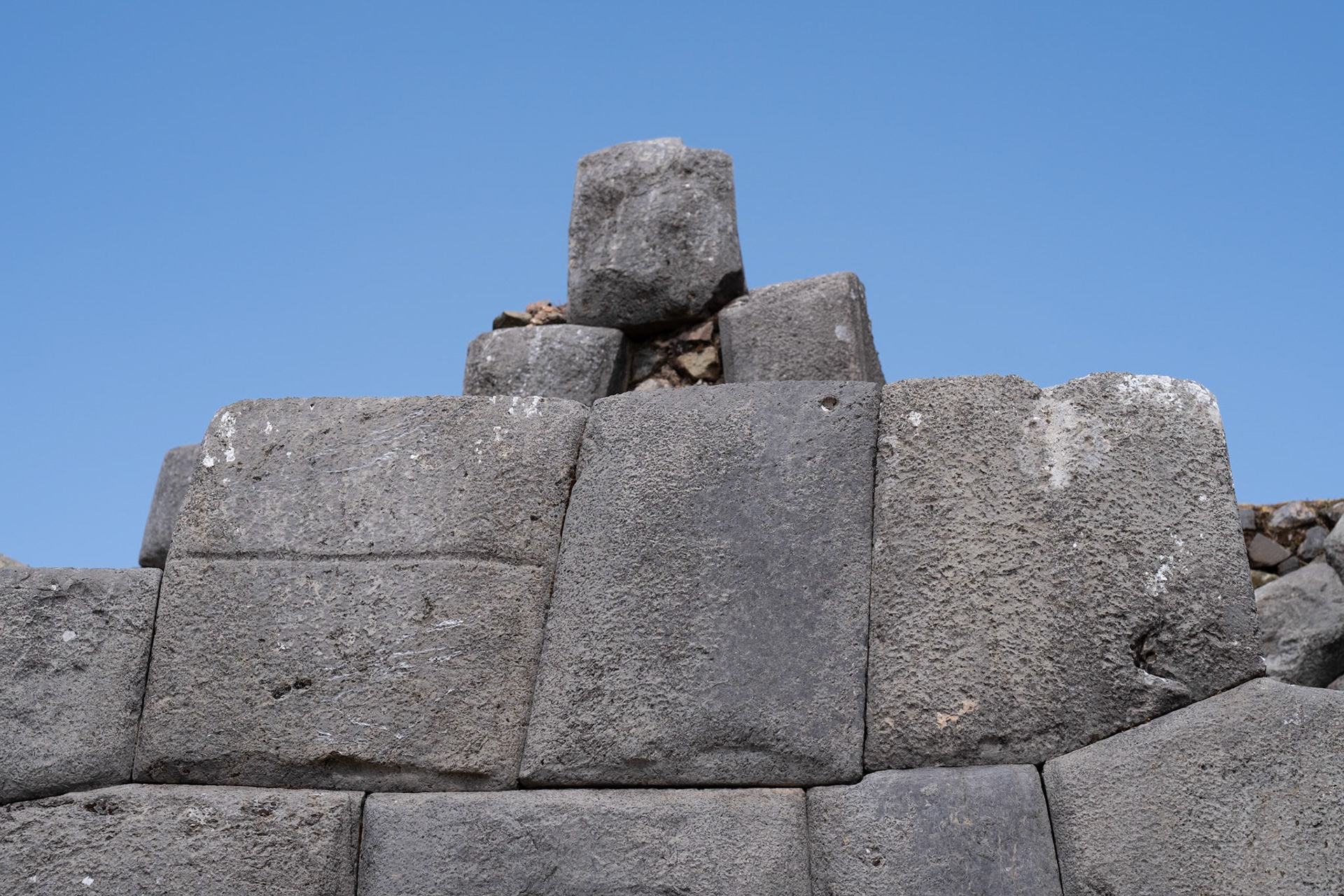

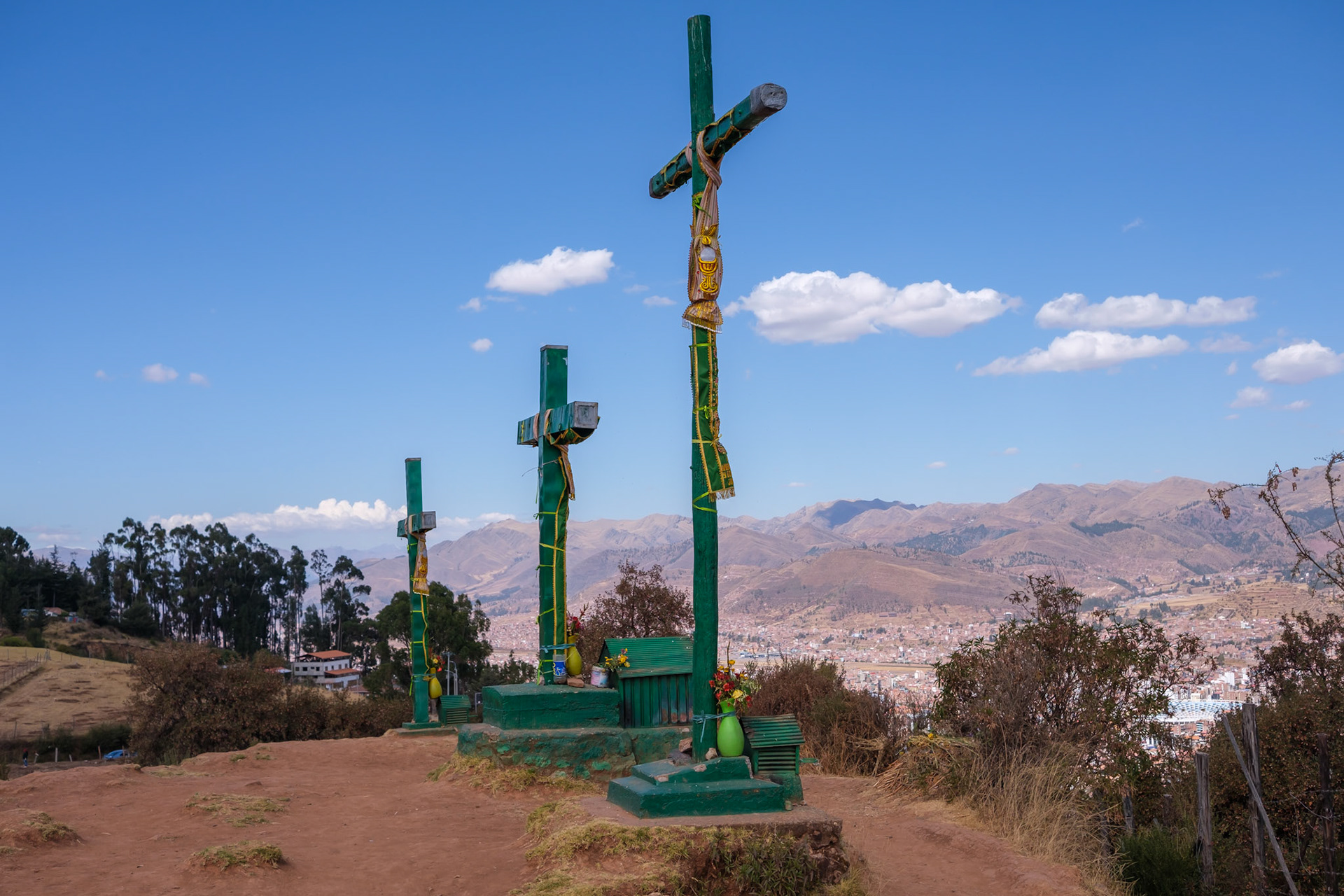
The following morning we set out for the 5 day trek from Cusco to Machu Picchu. We were fortunate to have an experienced guide who was able to inform us a great deal on the understanding the environmental conditions, as well as the cultural significance the landscape. The first morning of this exercise led us to a camp near Lake Humanatay. This is a naturally occurring lake which is the result of glacial melt. When approaching in the late afternoon the striking blue of the water overwhelming. This vivid coloration was explained as the result of a mineralogy significant for milky quartz, schist, pyrite, and free gold.

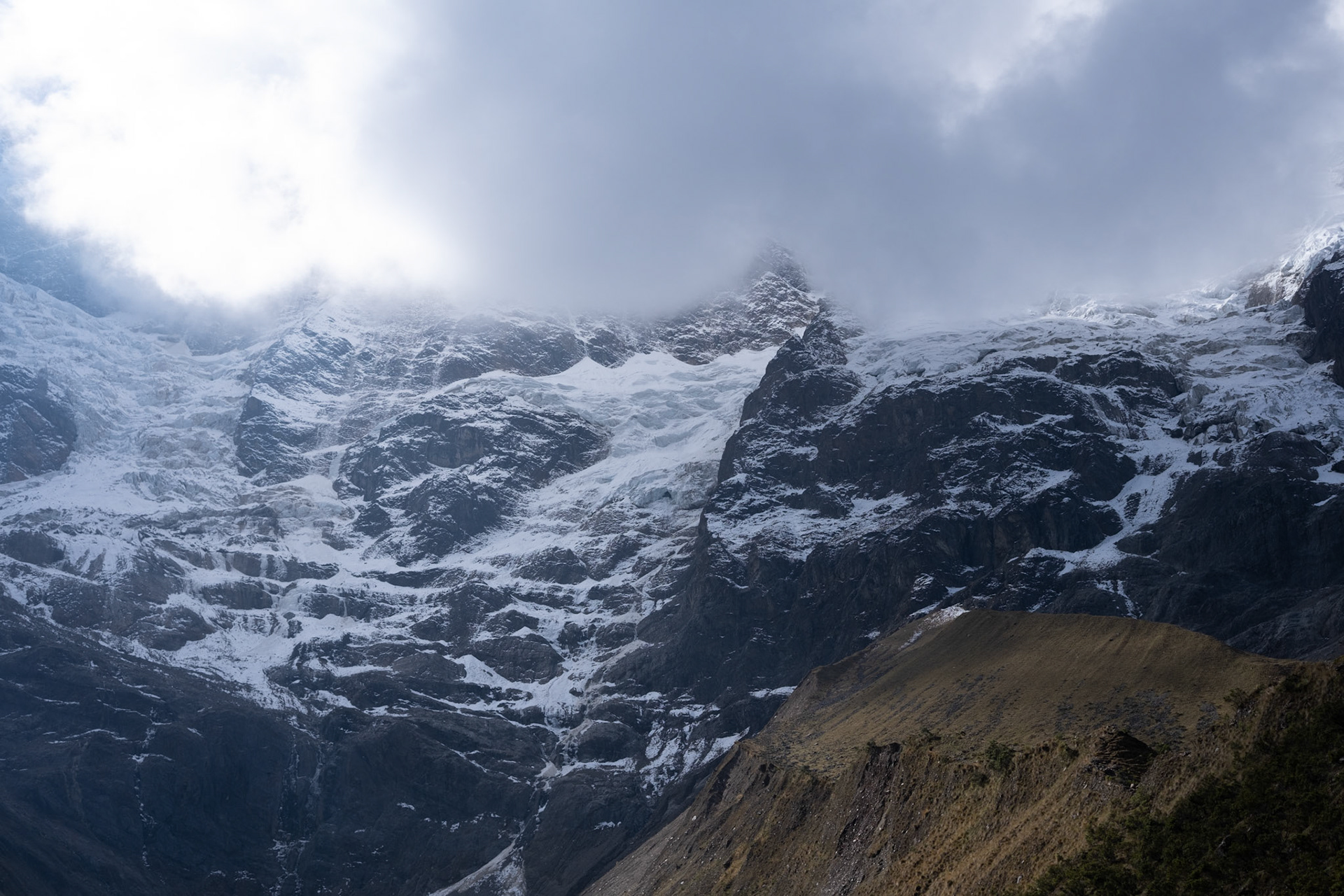


To the side of the lake is a scant valley and the site of a former glacier. At camp the sky was clear and cold. In the distance sheets of ice could be heard crumbling from where we’d been earlier.
The following morning began early. A cow had maneuvered through the barbed wire lining the trail. Our guide was throwing rocks at it and communicating in Quechuan to the owner and family. As the cow was rerouted our guide offered us coca leaves to chew. It would still be an hour before sunrise. This walk was on an incline and lasted several hours. The primary destination was the Salkantay Mountain pass. As noted above, the elevation was to be the highest point of this excursion. On top, we paid customary respects and I was able to purchase a red-flavored gatorade from a 6-year-old. The price was just under $4 usd, though seemed cheap for the effort associated either with transport. We began our descent through a valley which was continuously referred to as the cloud forrest. Along the way a river ran low given the current dry season. Despite this dryness, a crisp humidity was present as we entered through jungle en route to our next camp. The shift in temperature over night and into the dawn was abrupt and intense. Setting out through a short-cut we continued our trip along cliffside drops, the White River valley, and paths which had been repaired by local families post landslide. This was a less strenuous day and included a stop at a passionfruit farm and a coffee plantation. While these were both concentrated examples of local industry, examples of wild coffee and fruits could be seen abundantly along the way. Prior to this point in the excursion, power lines were not present in the valleys.

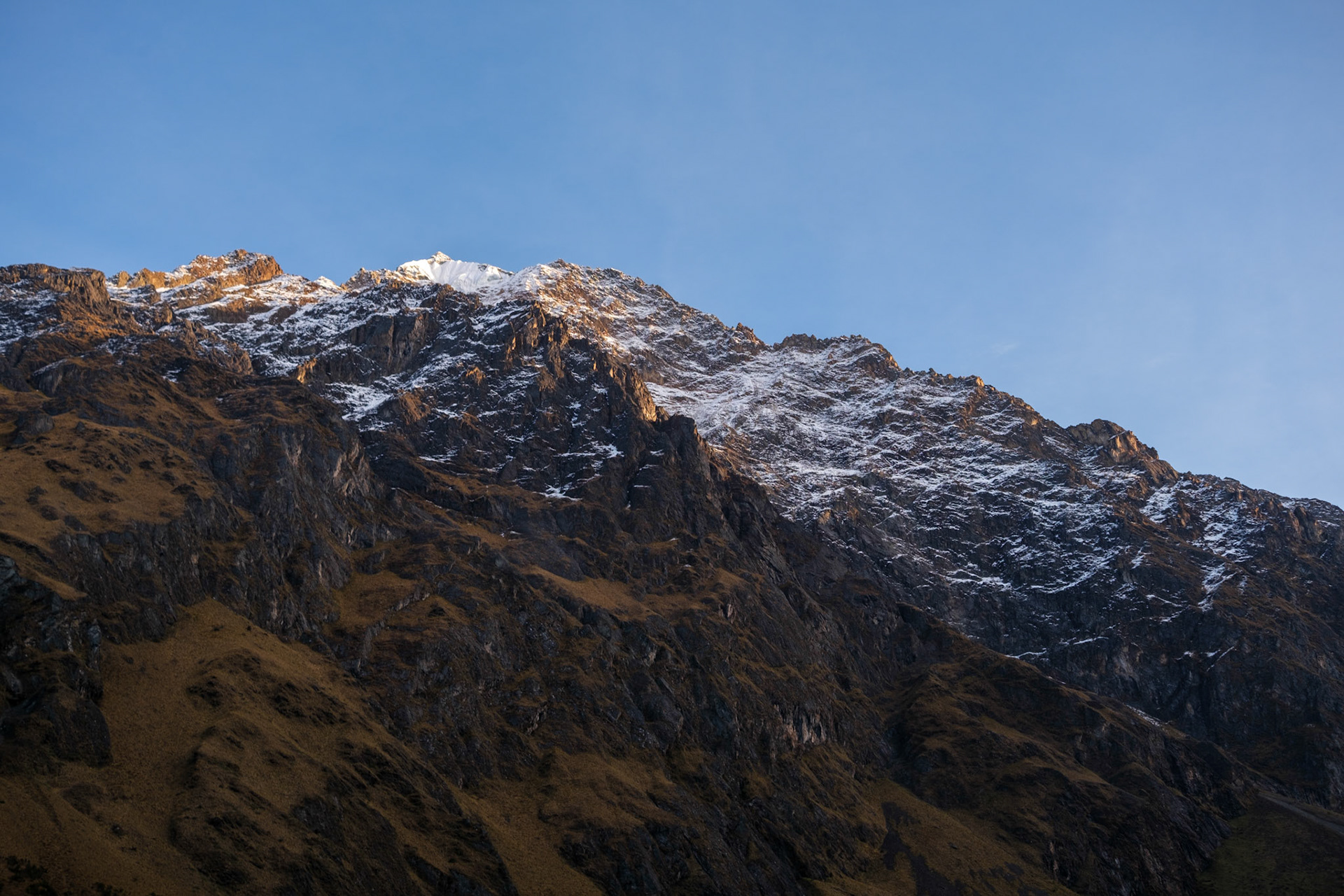


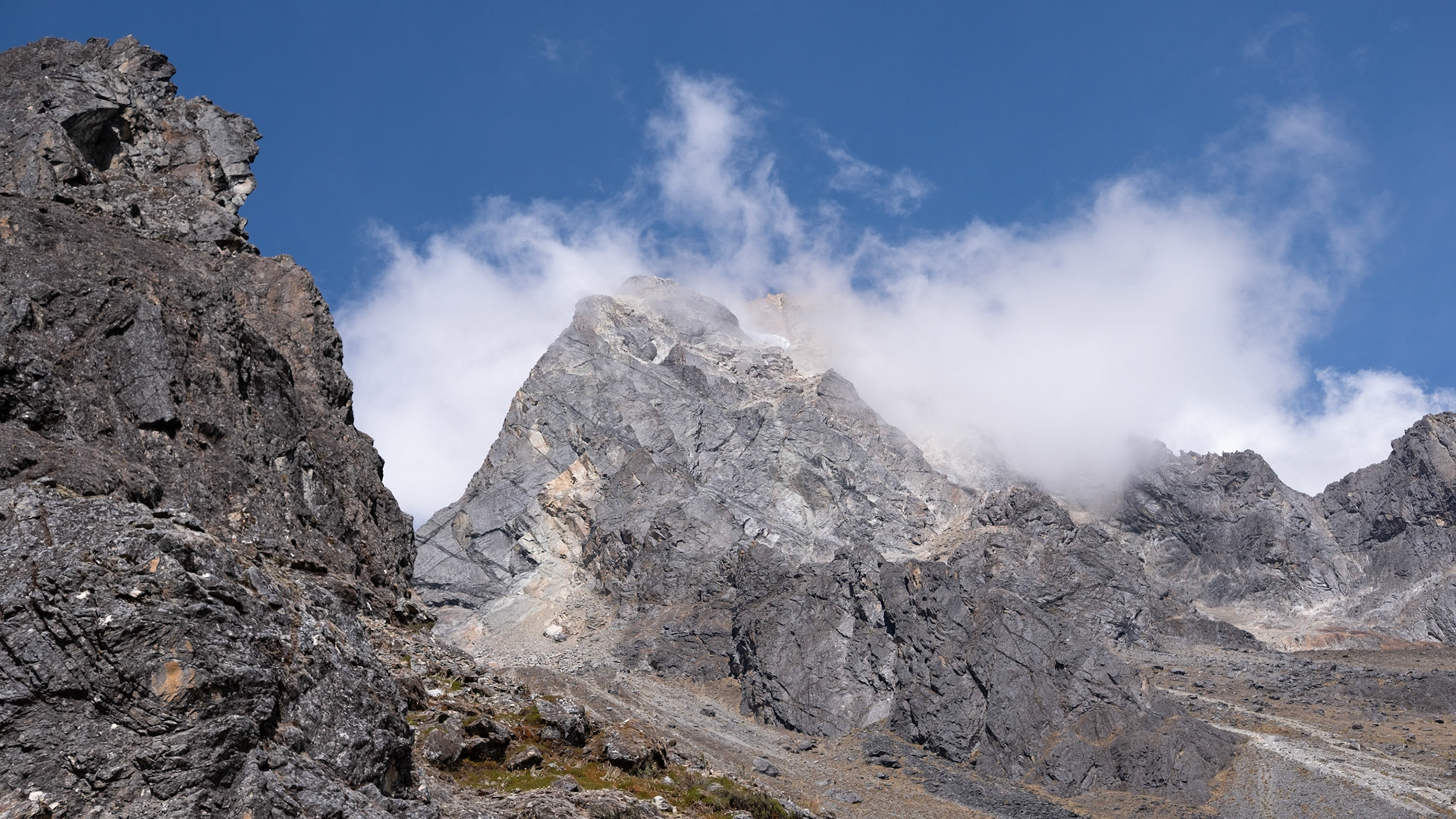
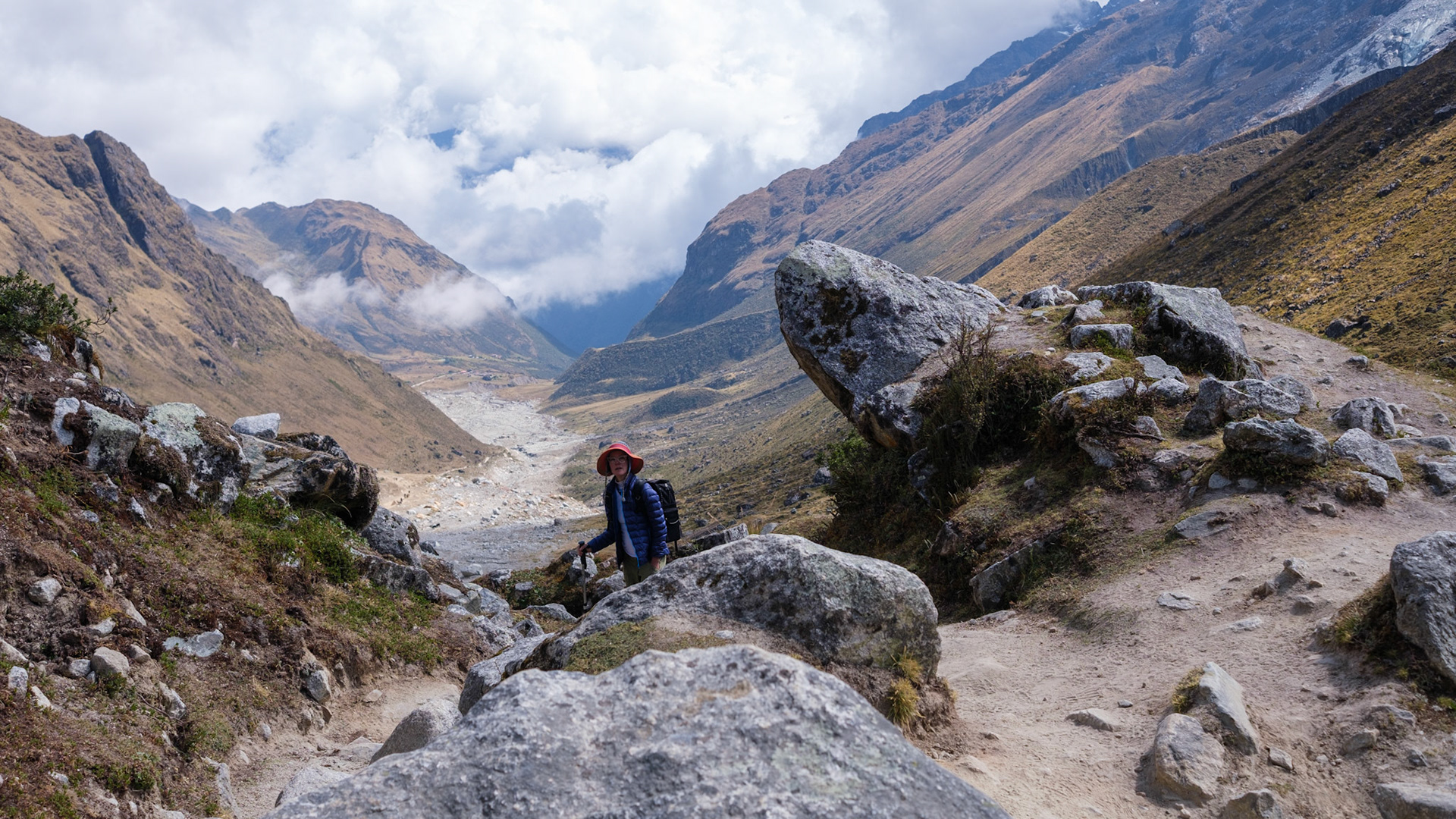



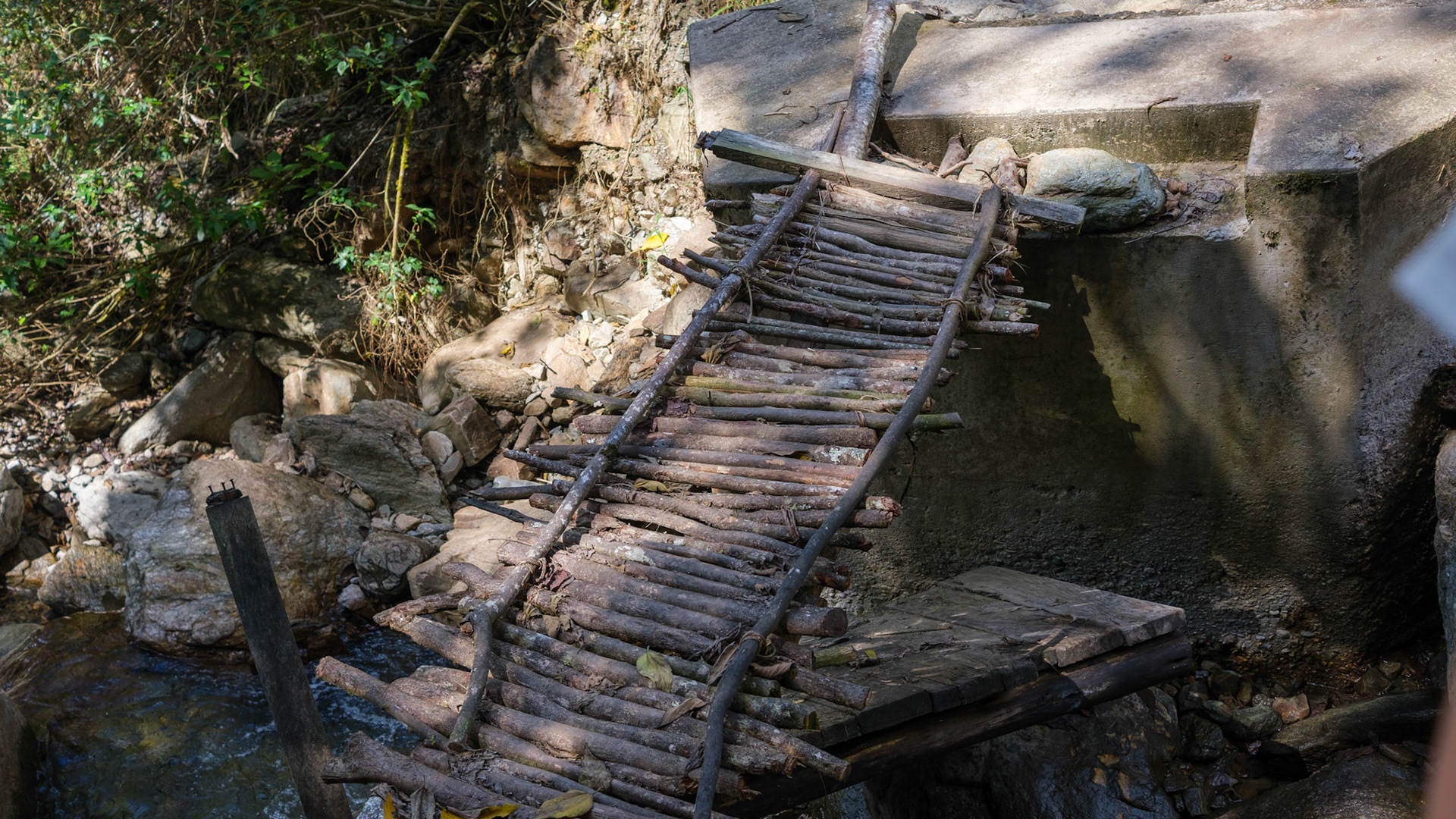
The next day’s itinerary took us along the line for the hydroelectric power station on our way to Auguas Callientes. This massive site was comprised of a pressurized lake within the mountain enclosed by fencing. Our guide explained that the power generated from this location served major mining efforts in neighboring countries such as Chile. The terrain of the valley was flat, and much of the trek was along the PeruRail train tracks. Once we’d arrived into the Manchu Picchu valley, examples of christianity and electricity were again the norm. The stay in AC was comfortable, though we rose early in order to arrive at our destination by sunrise.
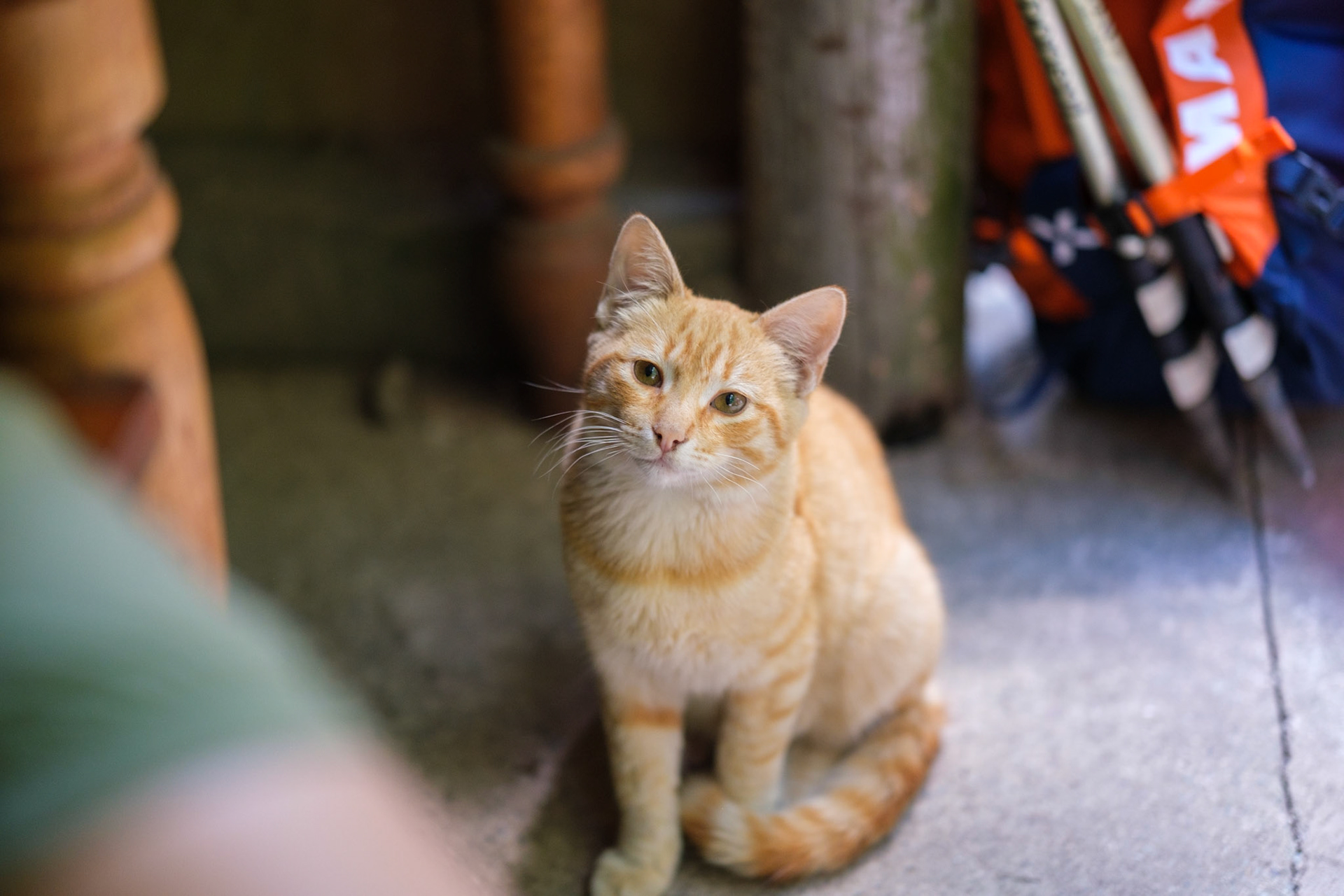

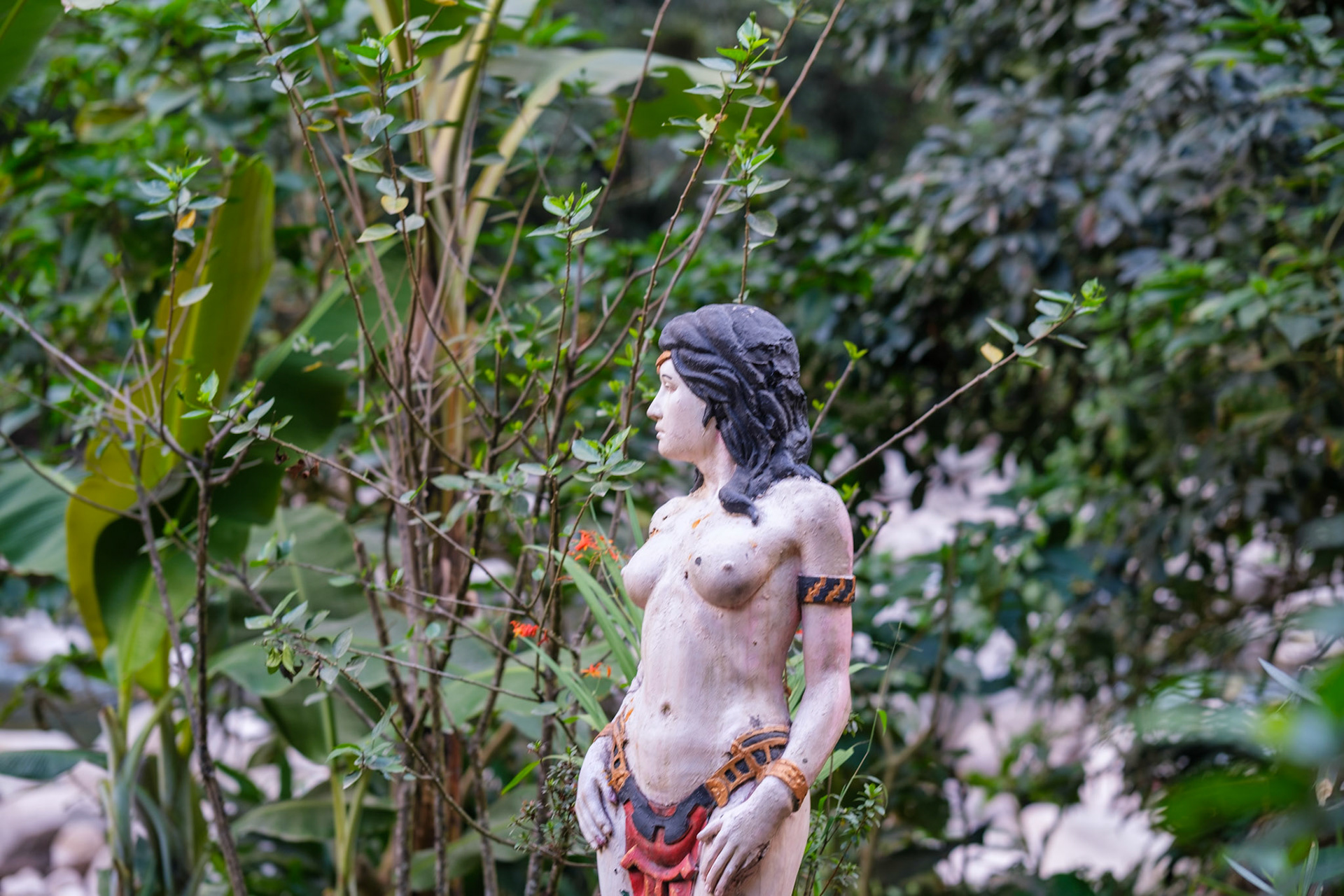

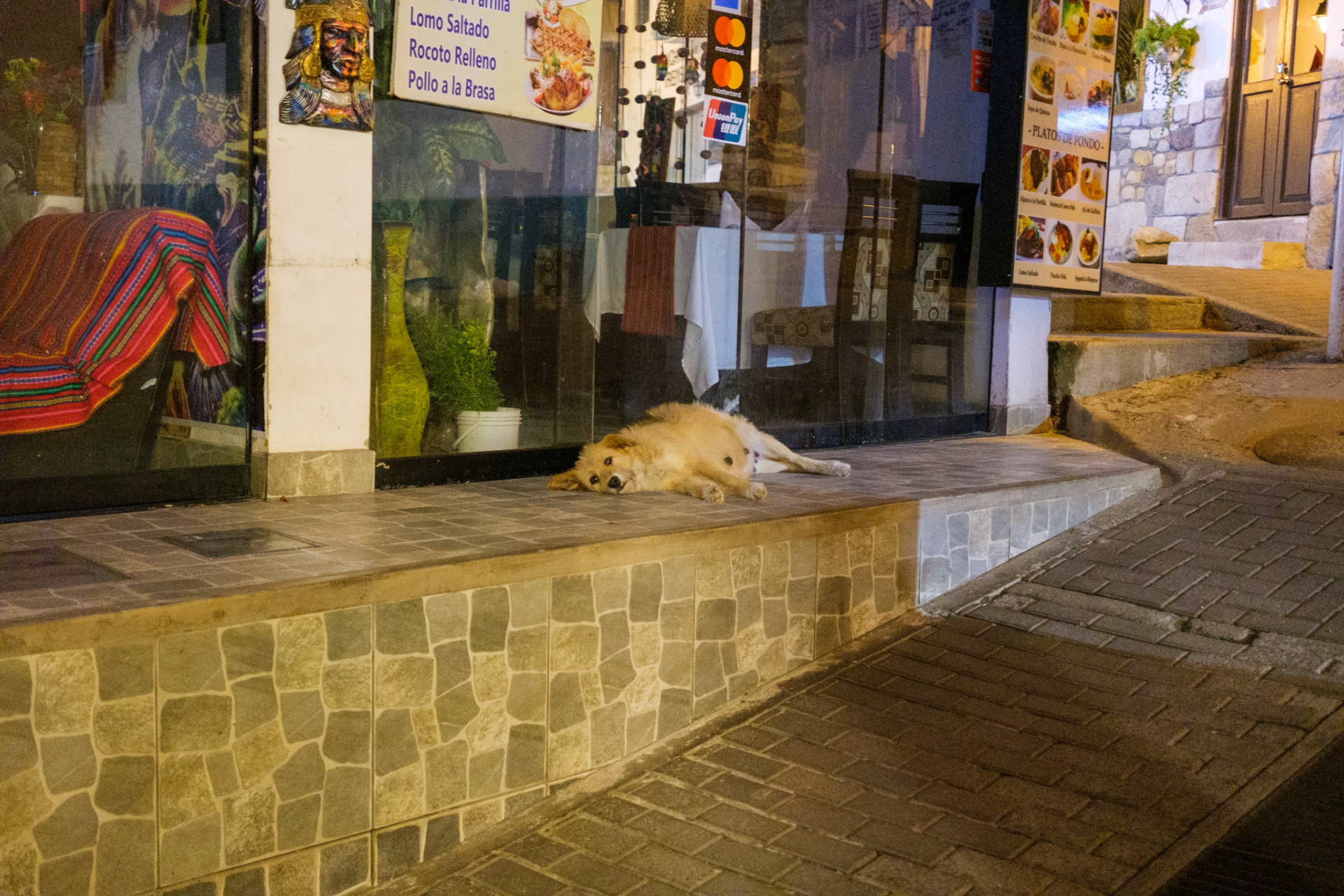
Although we were not the first permitted entry, we arrived in time. The location was incredible as promised and our attention was frequently drawn to examples of carvings intended to complement the natural landscape. Stone which had been cut as silhouettes to hills, or smoothed to represent constellations were evident and were excellent examples of the influence of the sun in Incan culture. It was difficult to remain fully aware of the fantastical nature of what was being seen during the conclusion of the previous days though this mild delirium certainly tightened the mystical elements of the tour through the grounds.

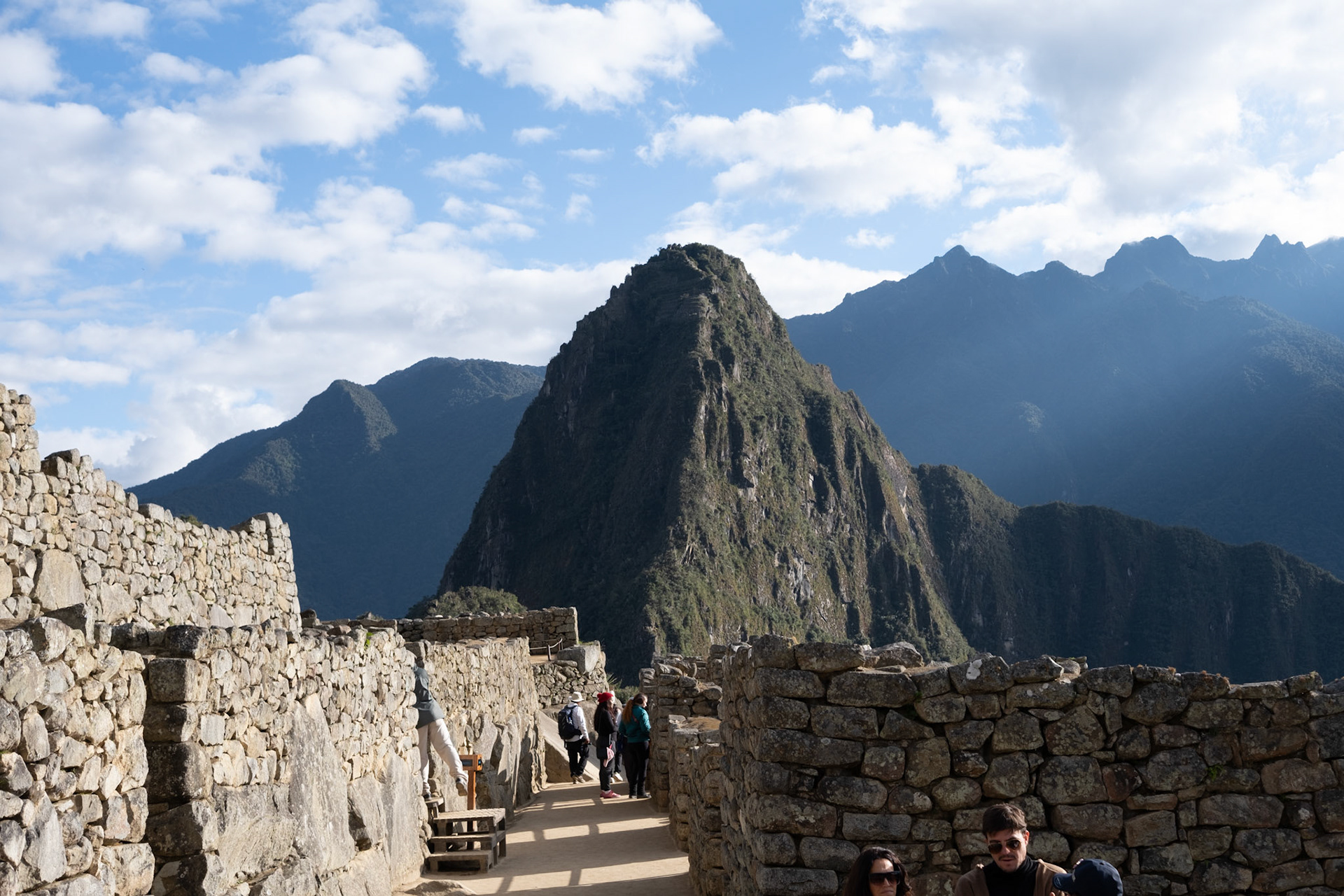


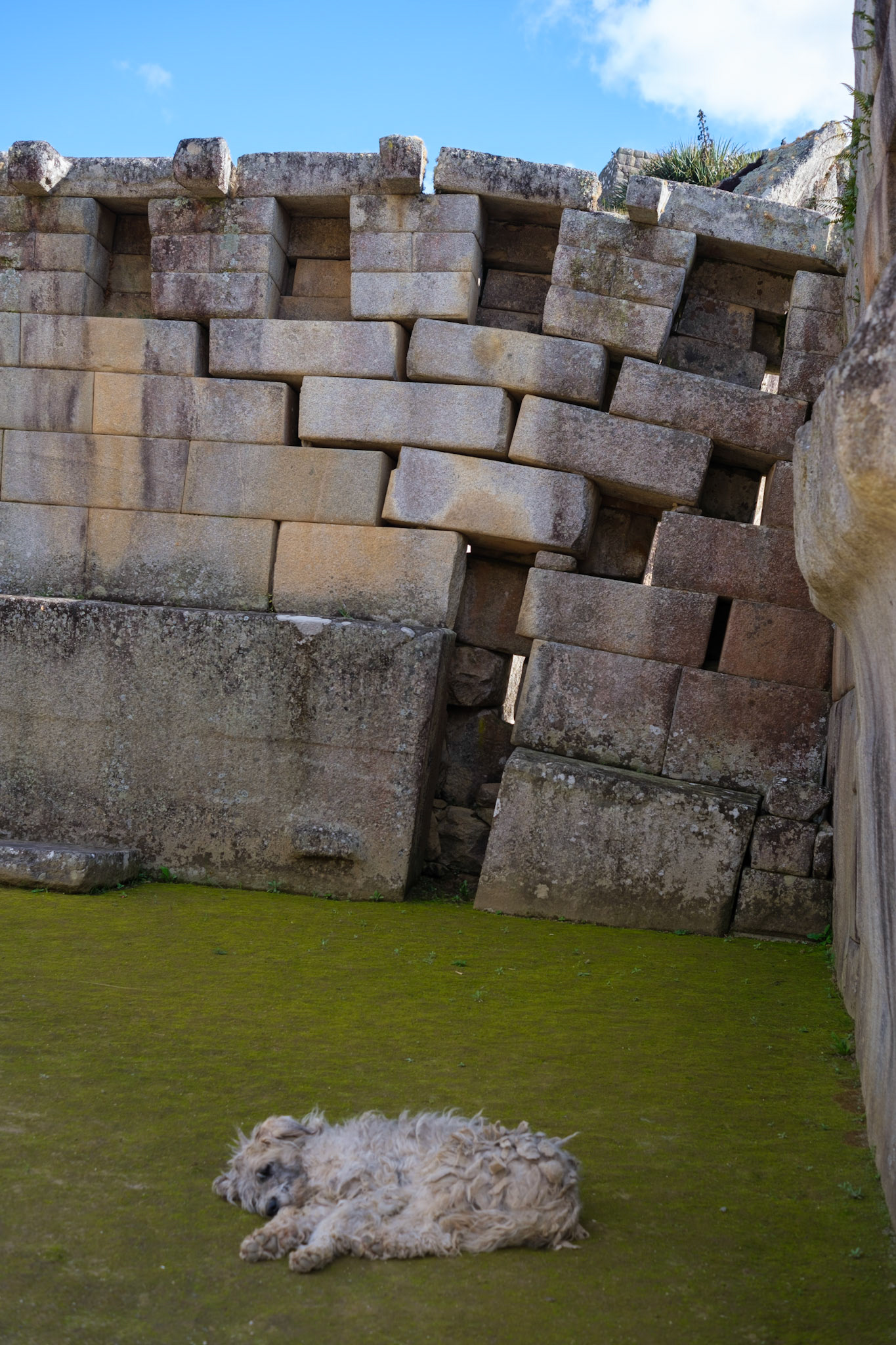


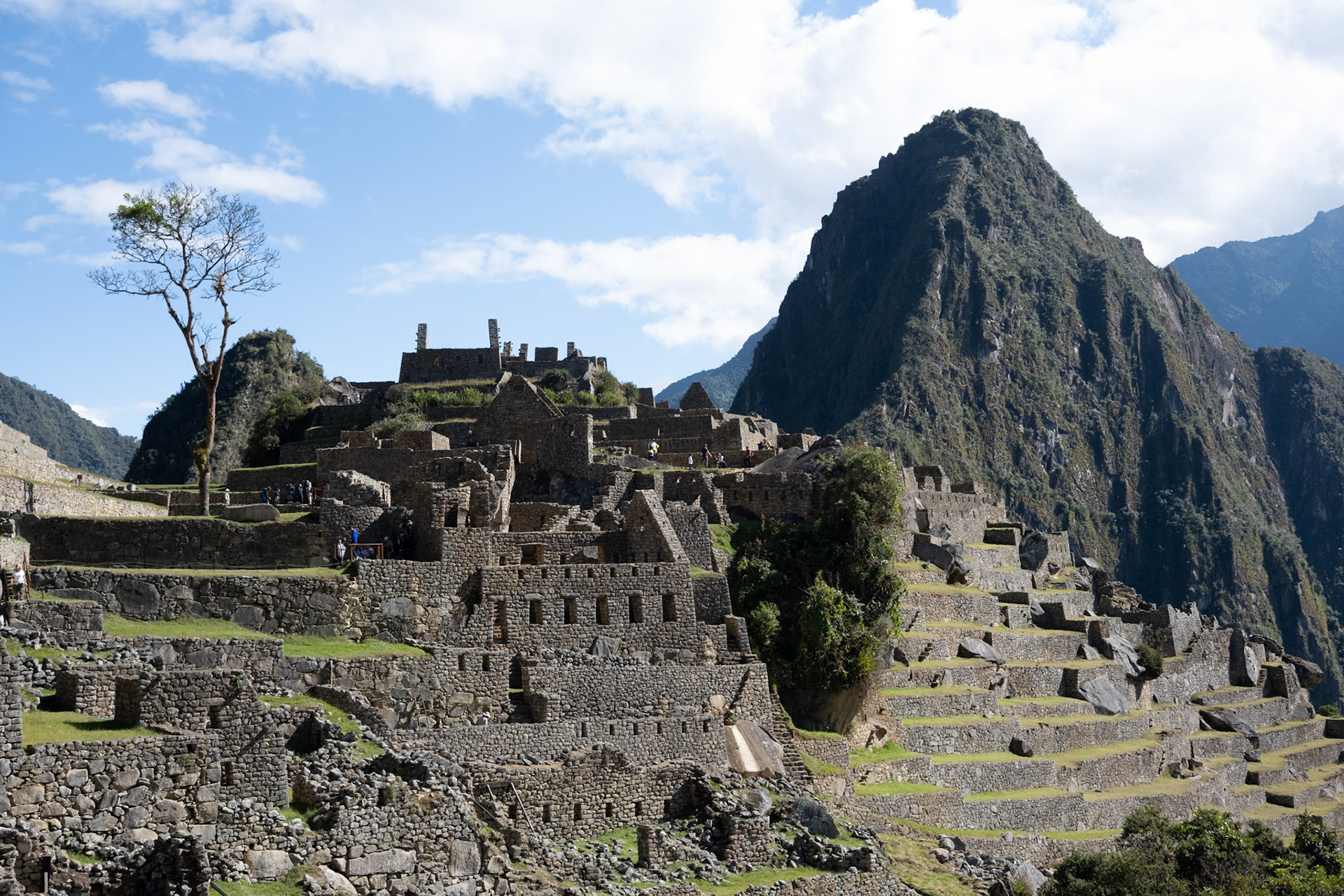

We returned to Cusco that night and were in time for the evening’s celebration, this time a party for Latam airline’s 25th anniversary. It appeared that it may have been for the purpose of filming a commercial, though there didn’t appear to be much of a professional video production in place. For the first time I began questioning how much of this was for tourists as opposed to citizens. The day prior we’d been provided with links to write reviews of our tour for publicity online. We’d done so enthusiastically with regard to the touring company, however, this became a recurring theme at most of the restaurants we entered.
The next day we opted for a latter start before a tour of Moray agricultural monument and the Maras salt mines. Both of these provided insight into the use of steeped terraces for agricultural cultivation. The mines themselves are still used to this day and account for the export of notable production. That evening we enjoyed a nice dinner overlooking the square. There was no grand celebration, though a large group of teens with flags and drums marched en mass. The next morning (4:30 am) while searching for our bus we saw many of the same children from the previous evening too drunk to stand in some cases. Fights were being broken up by the police and the scene reminded me of my own youth.




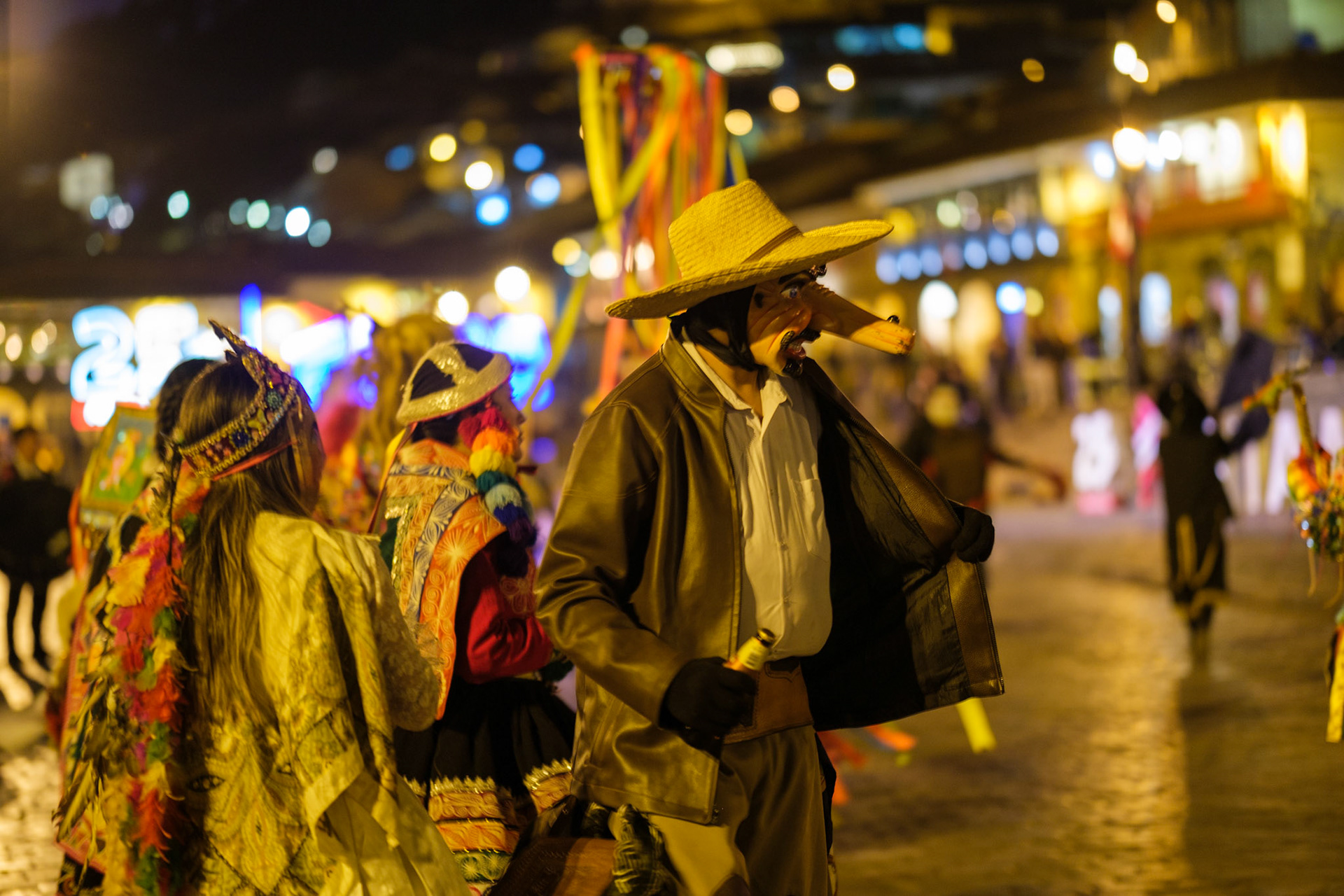


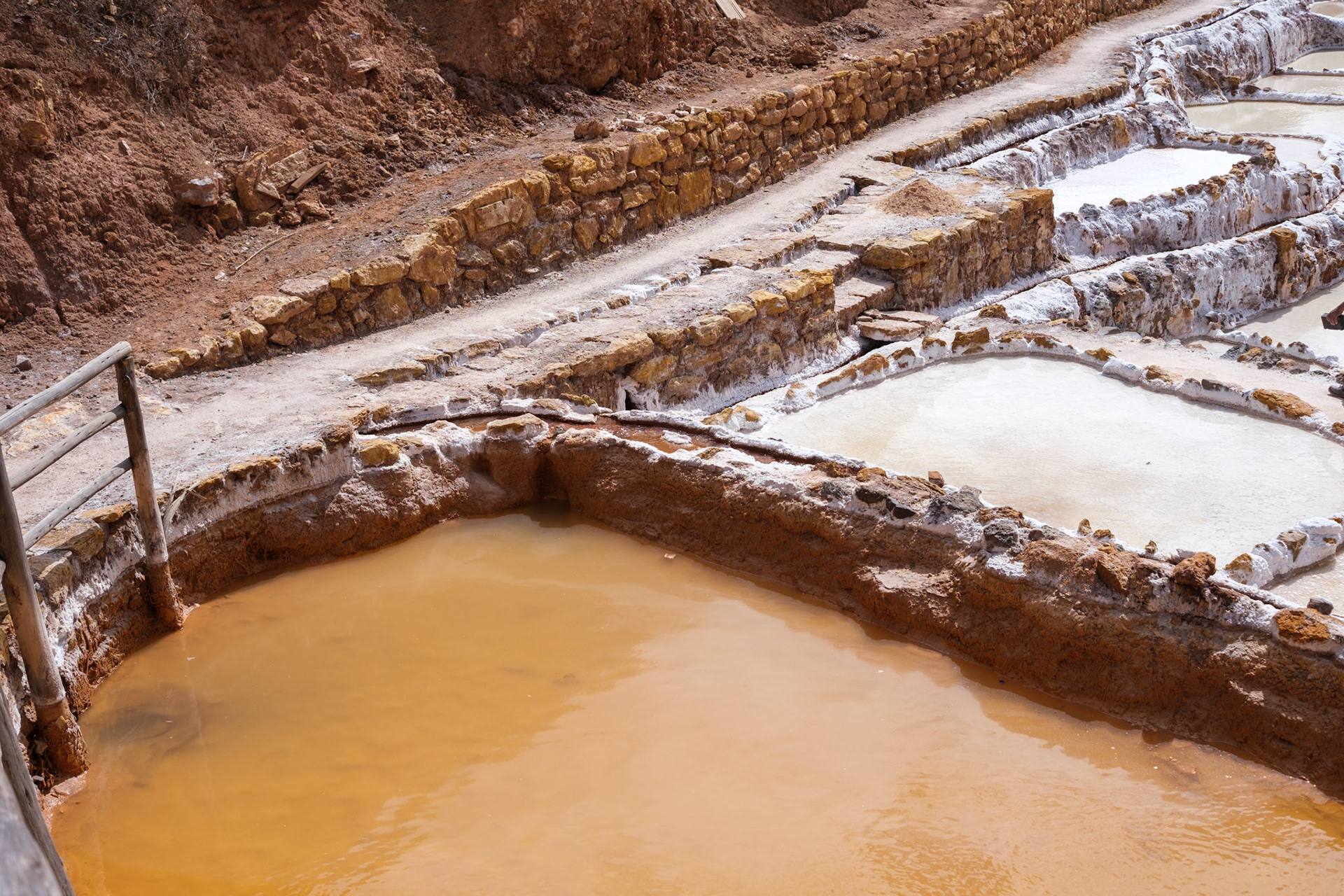

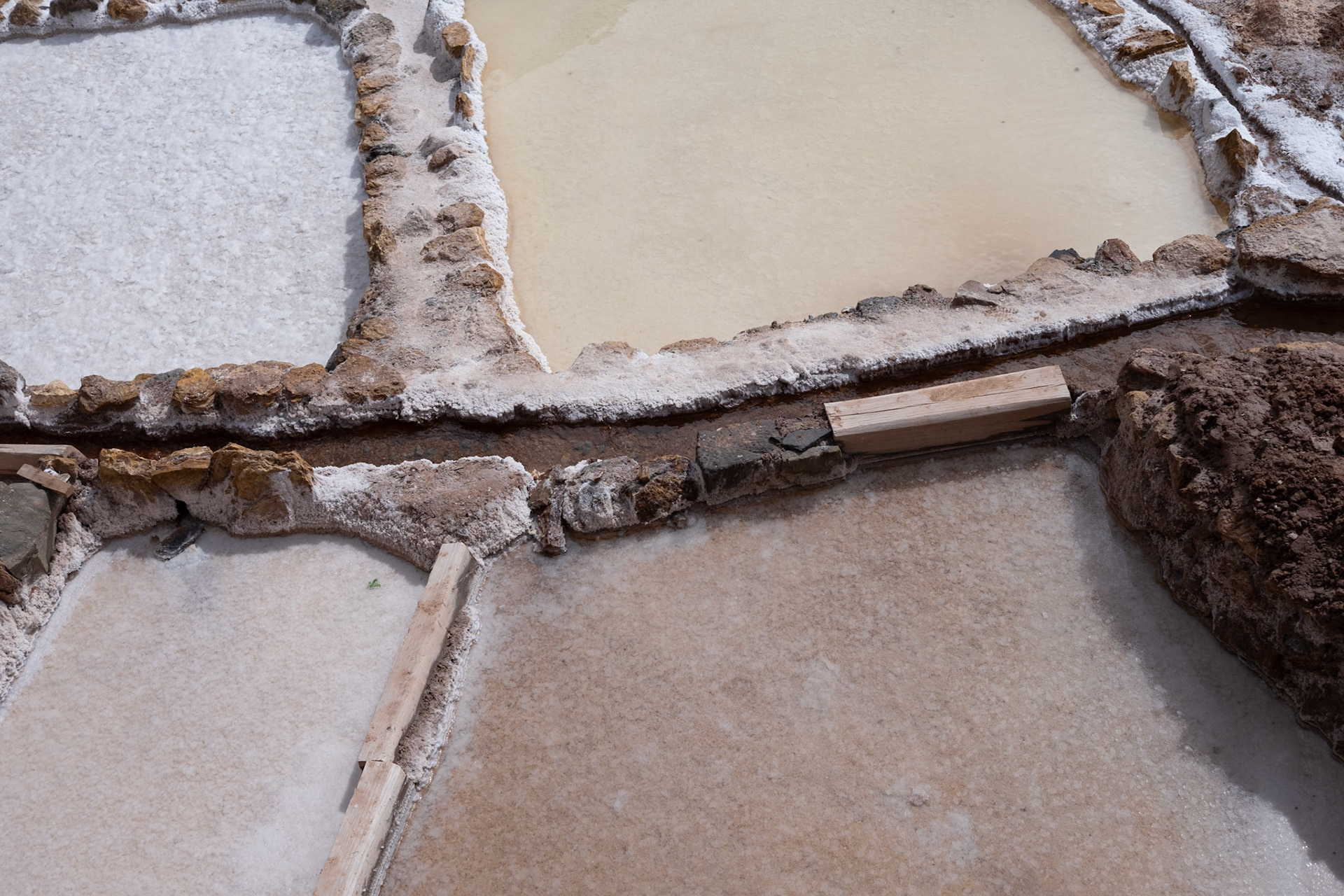


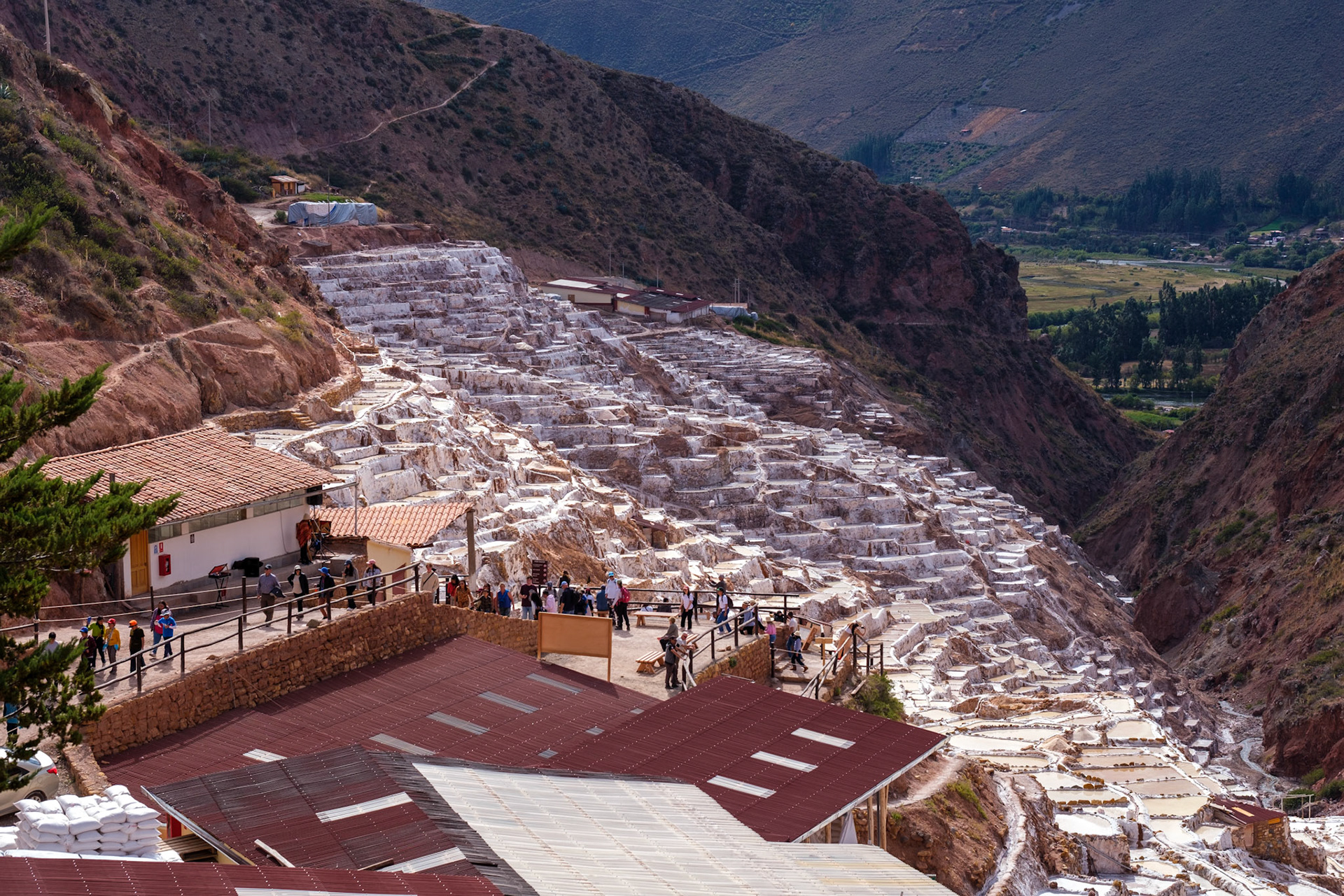
For our final feat of elevation achieved, we arranged for a tour of Rainbow Mountain. This former glacier is reported to have been first recognized within the past 15 years. It is notable for its 17,060’ height and delineations of calcium carbonate, iron, sandstone, marls, and clay. Atop this mountain one will find a litter of tourists clustered around the peak taking pictures with alpaca wearing sunglasses and children in traditional Andean clothing.

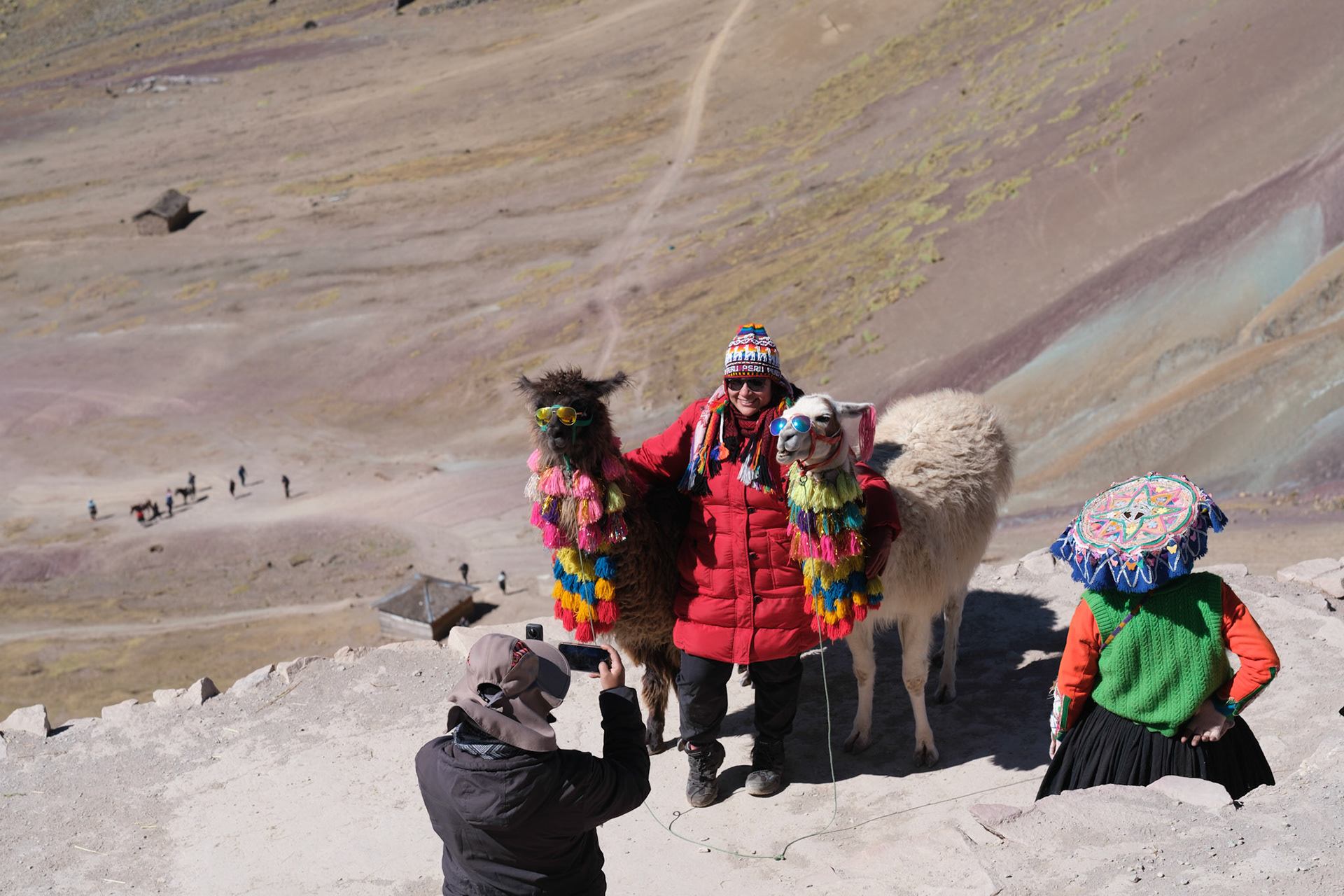

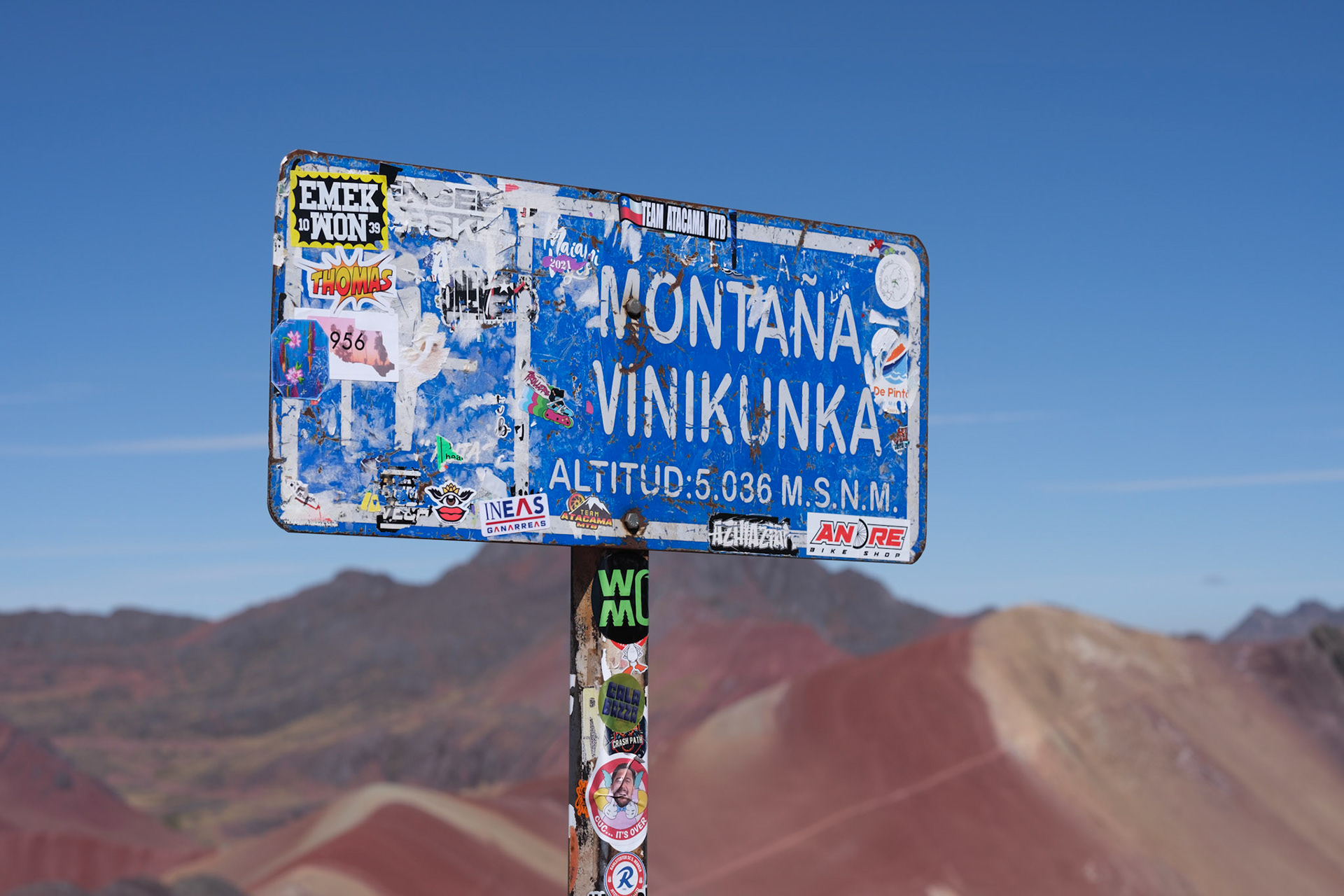



Before we left the region the next morning we discovered the chief festival in the main square. The previous afternoon we had learned from a museum that this square was the center in which Tupac Amaru II had been drawn and quartered by the Spanish after failing to disavow himself from the more fiery of Inca traditional worldviews. It seemed a fitting conclusion of this chapter and a final statement on the welcoming of outside influence and adoption of revised traditions.



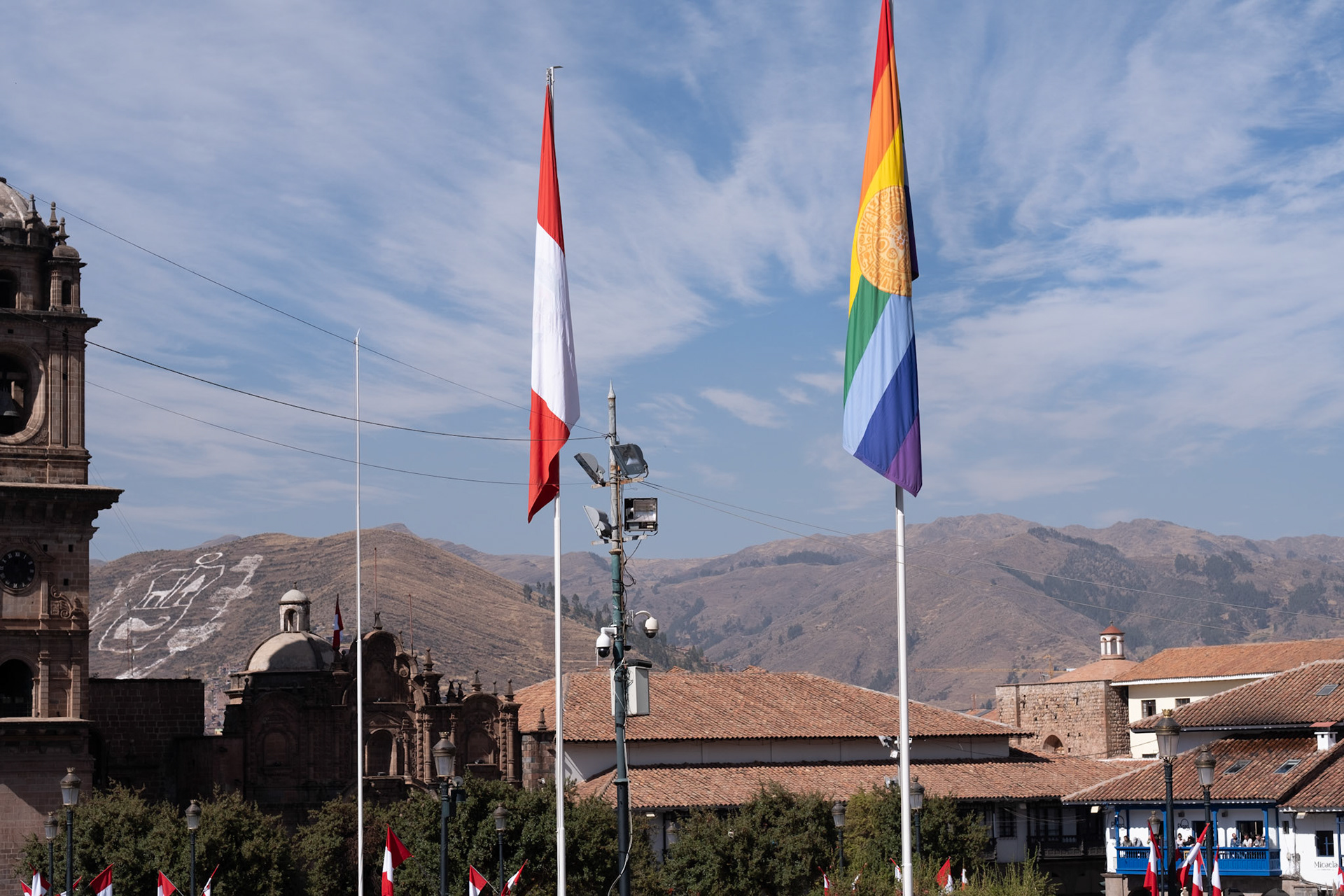
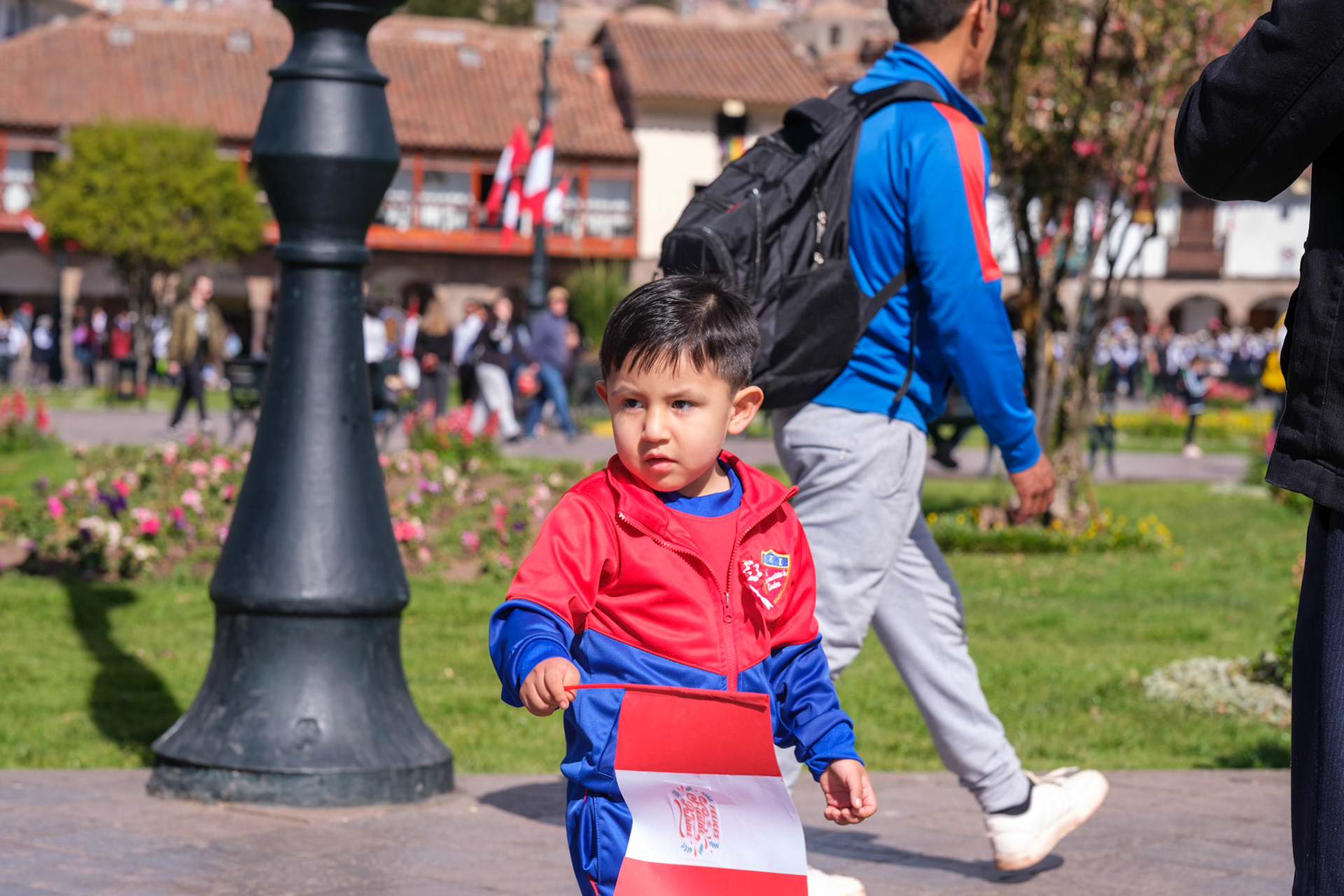

Touching down in Lima that evening the sun was no longer seen. This appears to be a baseline feature of the second largest city in South America as it is positioned along the Pacific coastline and a divided by a major highway which appeared as constantly in gridlocked traffic. The first evening back we attended the magical fountains park and watched a Peruvian historic tribute which was projected onto misting fountains. The spectacle was surreal, though not entirely foreign as we had spent the past several days full immersed in the museums, locations, and natural wonders that were represented in the presentation. We did not create a schedule for our last day in Lima. On the first day of our trip we’d toured the Franciscan catacombs and seen the Centero Historic and presidential palace which had been cordoned off until after sunset. An 8-ft tall Frankenstein wandered the periphery and posed for pictures with people. I was unsure as to whether or not this was an effort to make a muted political statement of some kind, though was very aware of the on-going government crack-down on antigovernment protests.

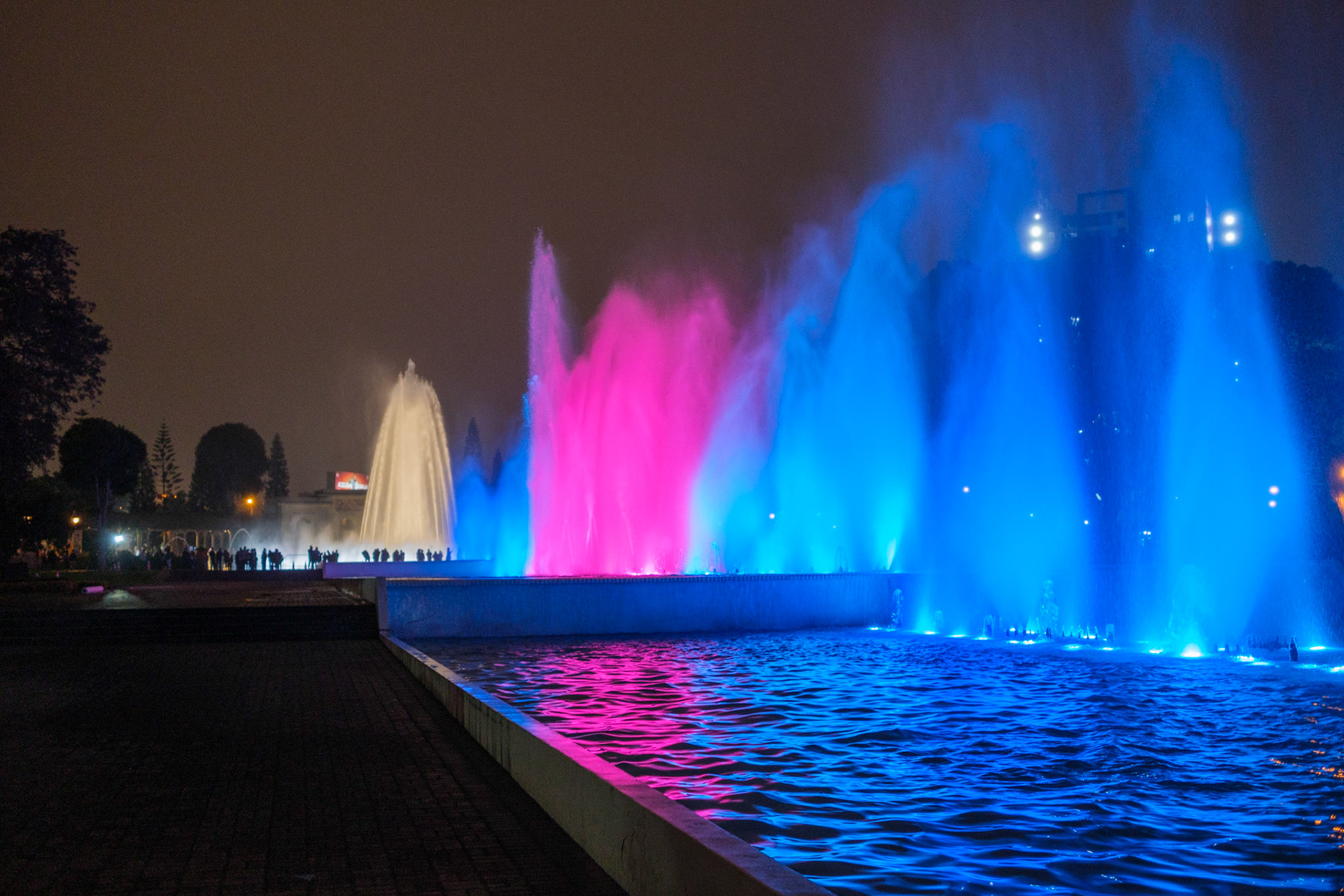
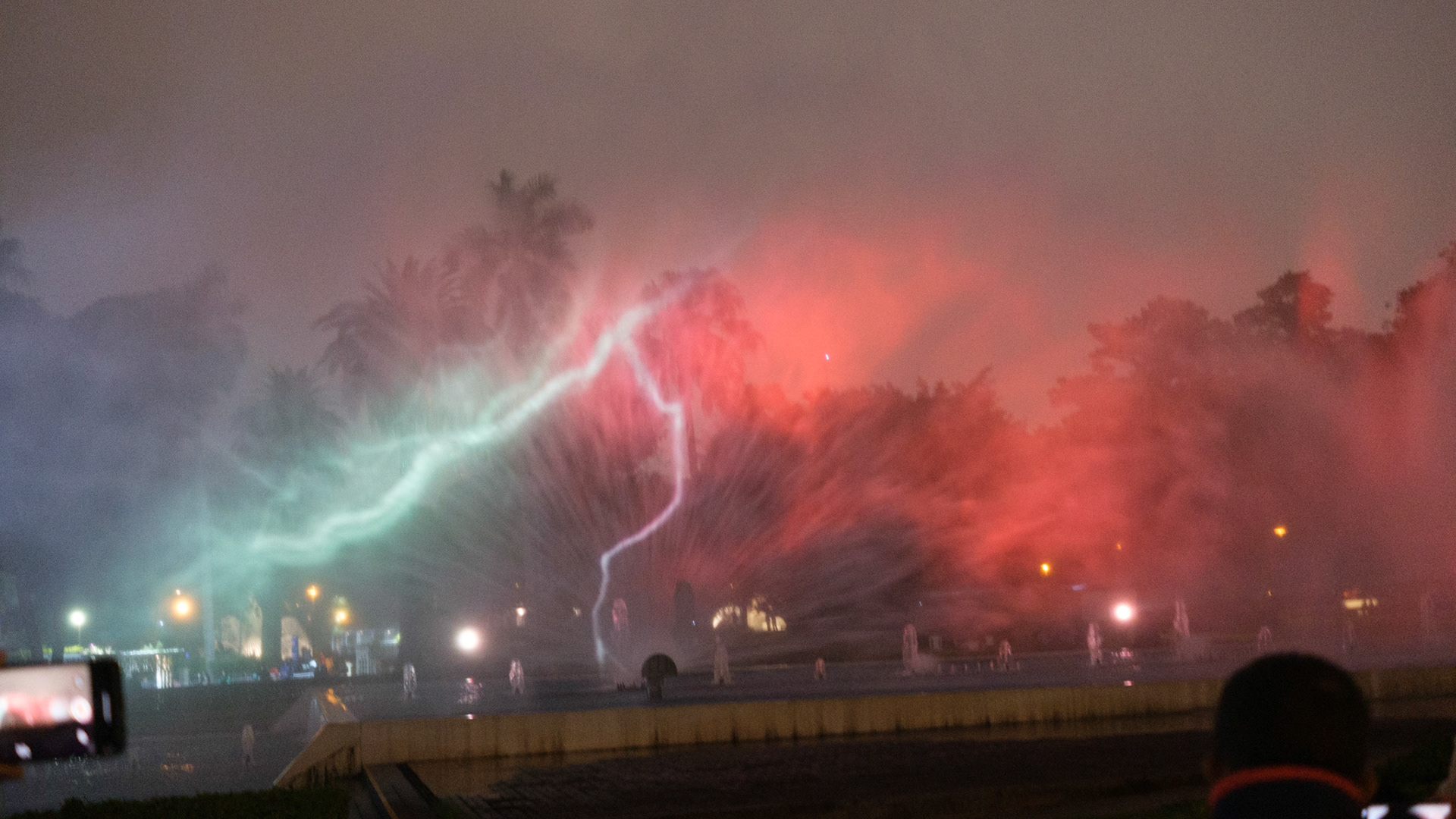
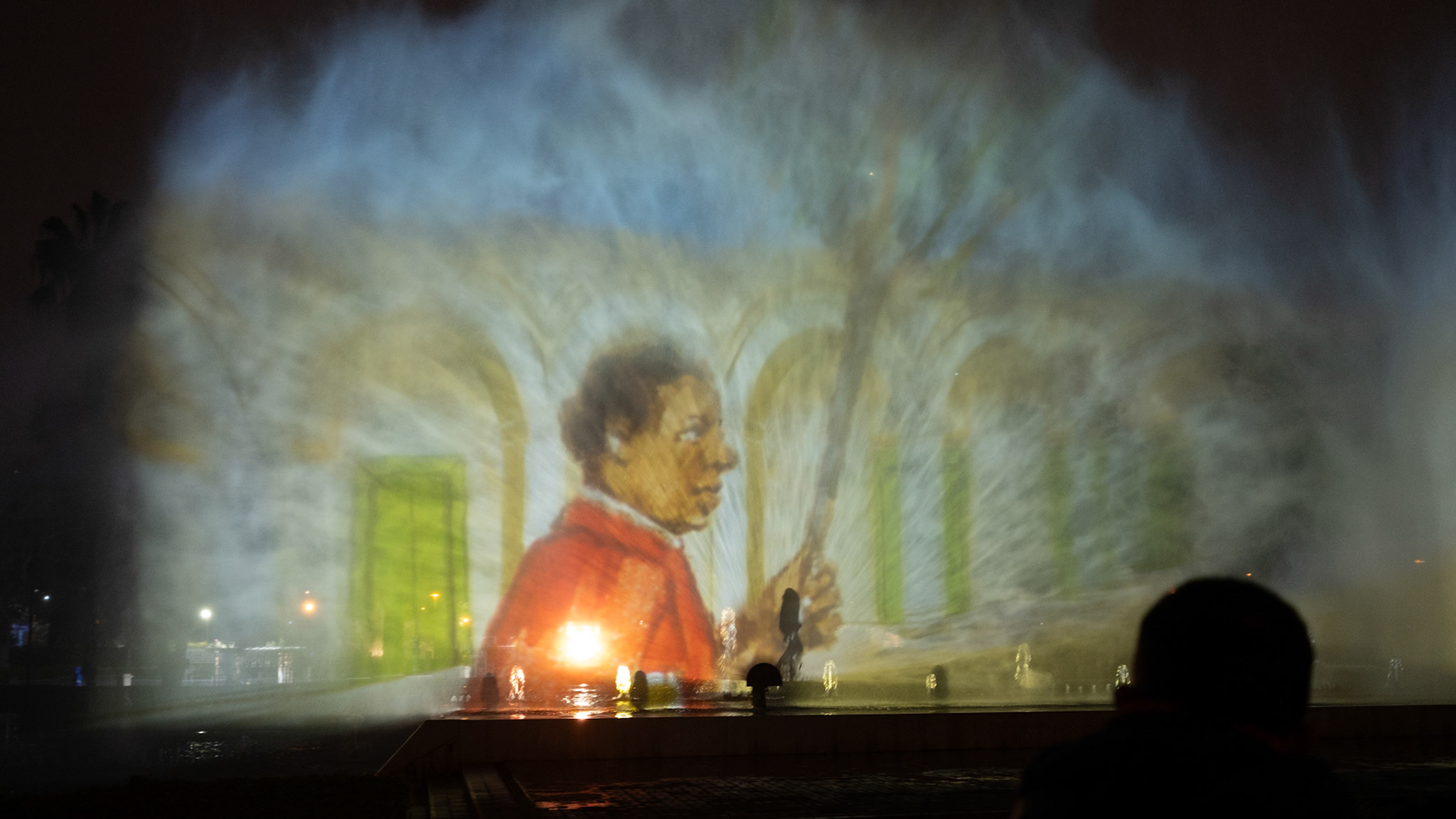
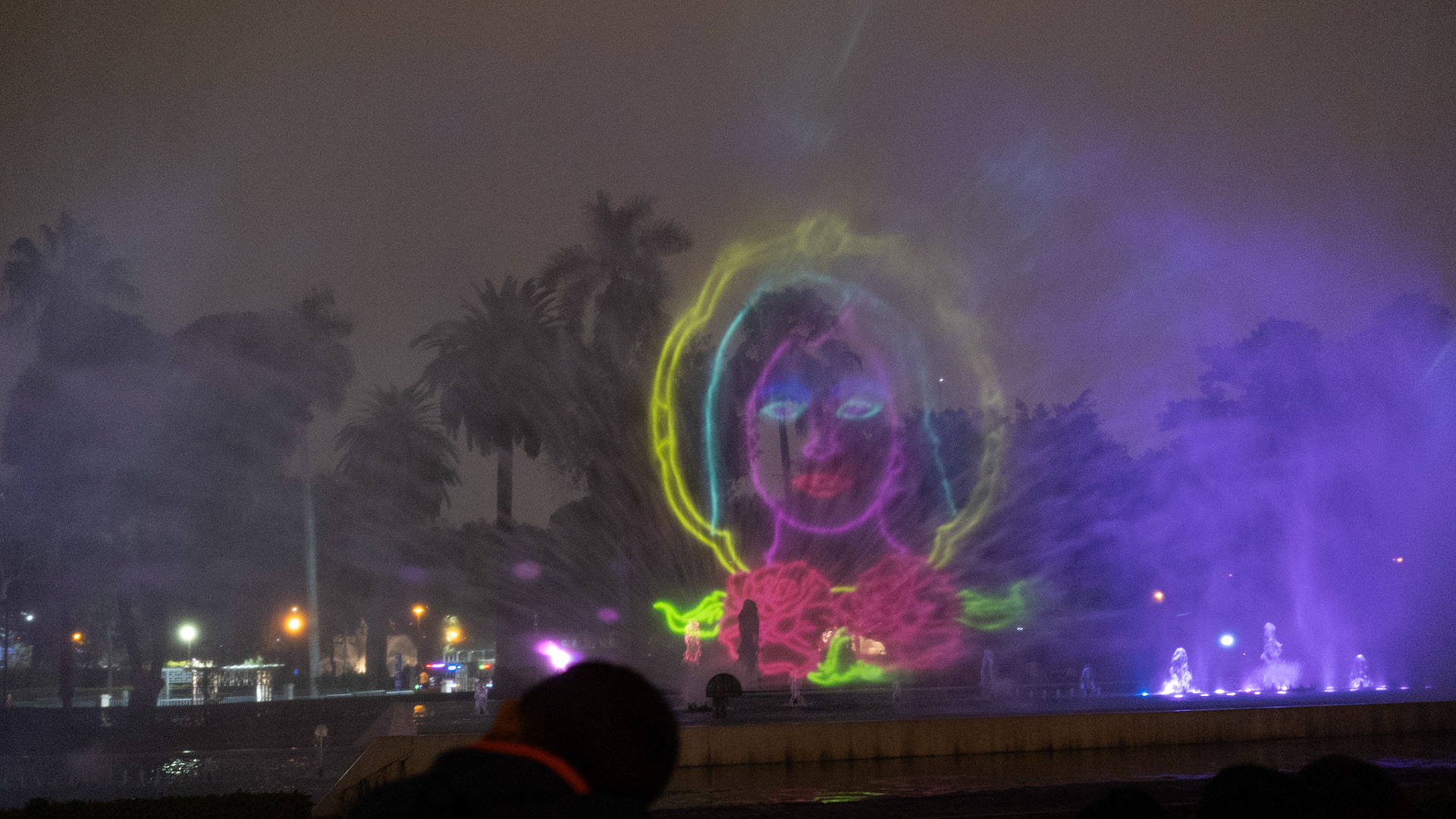




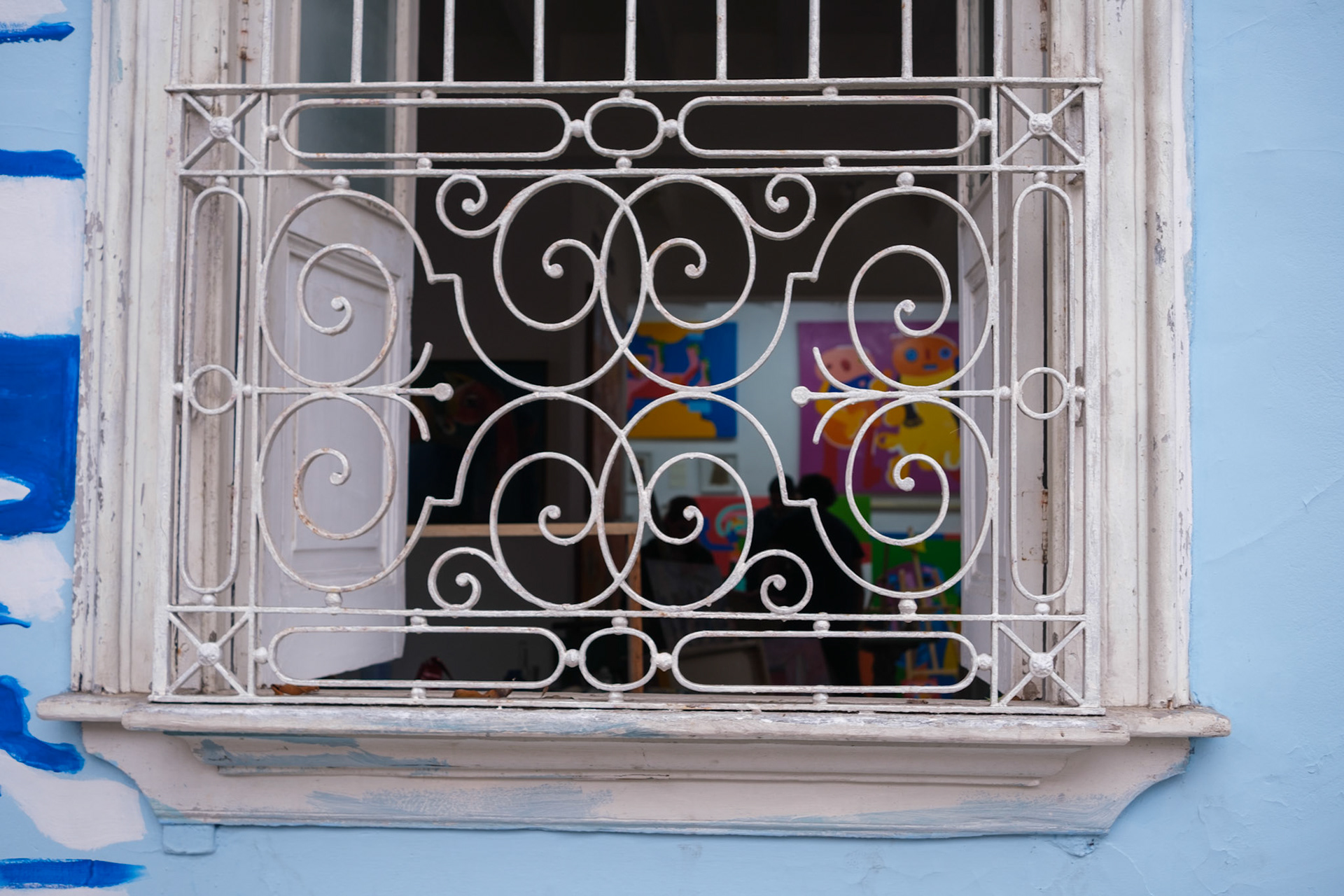
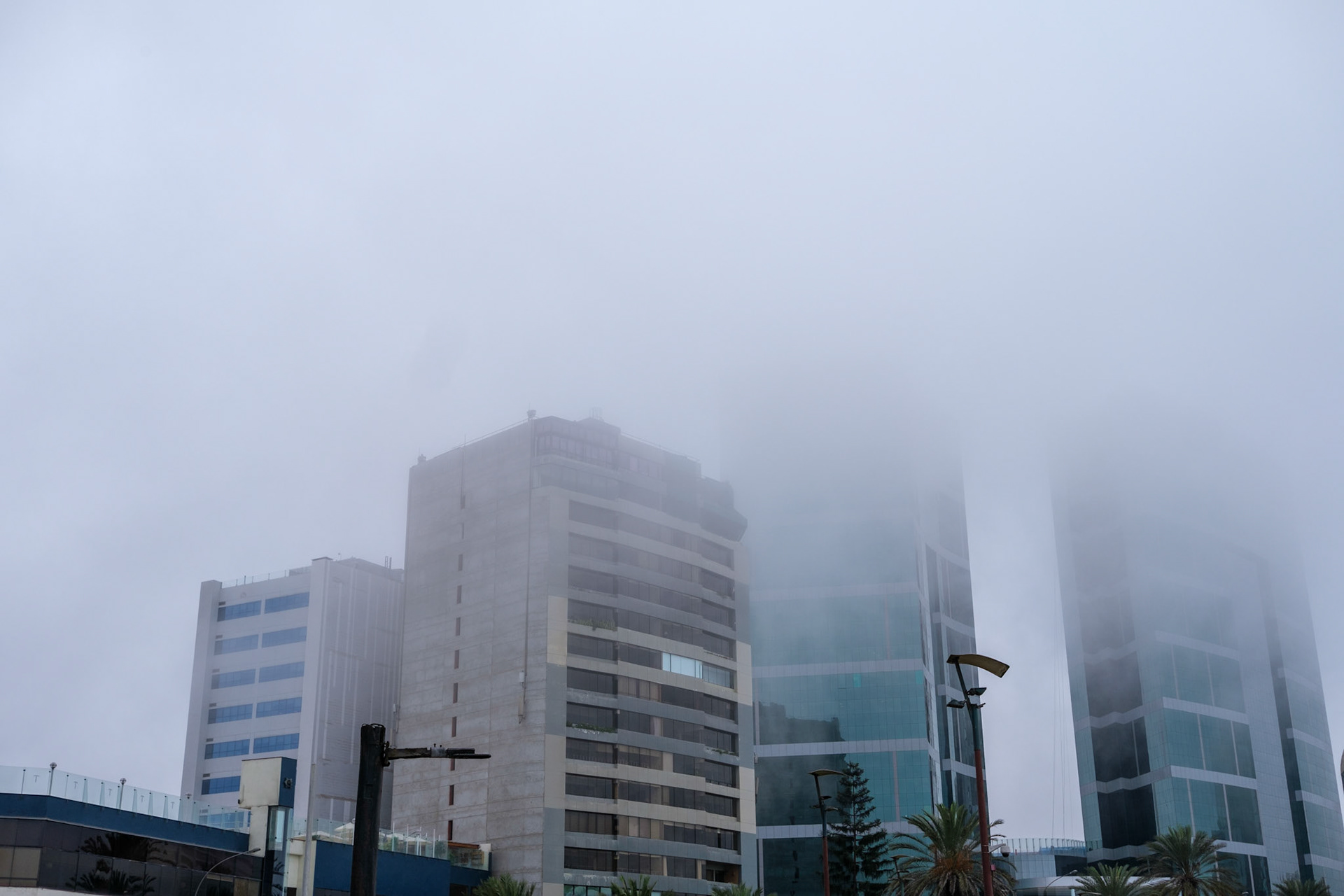
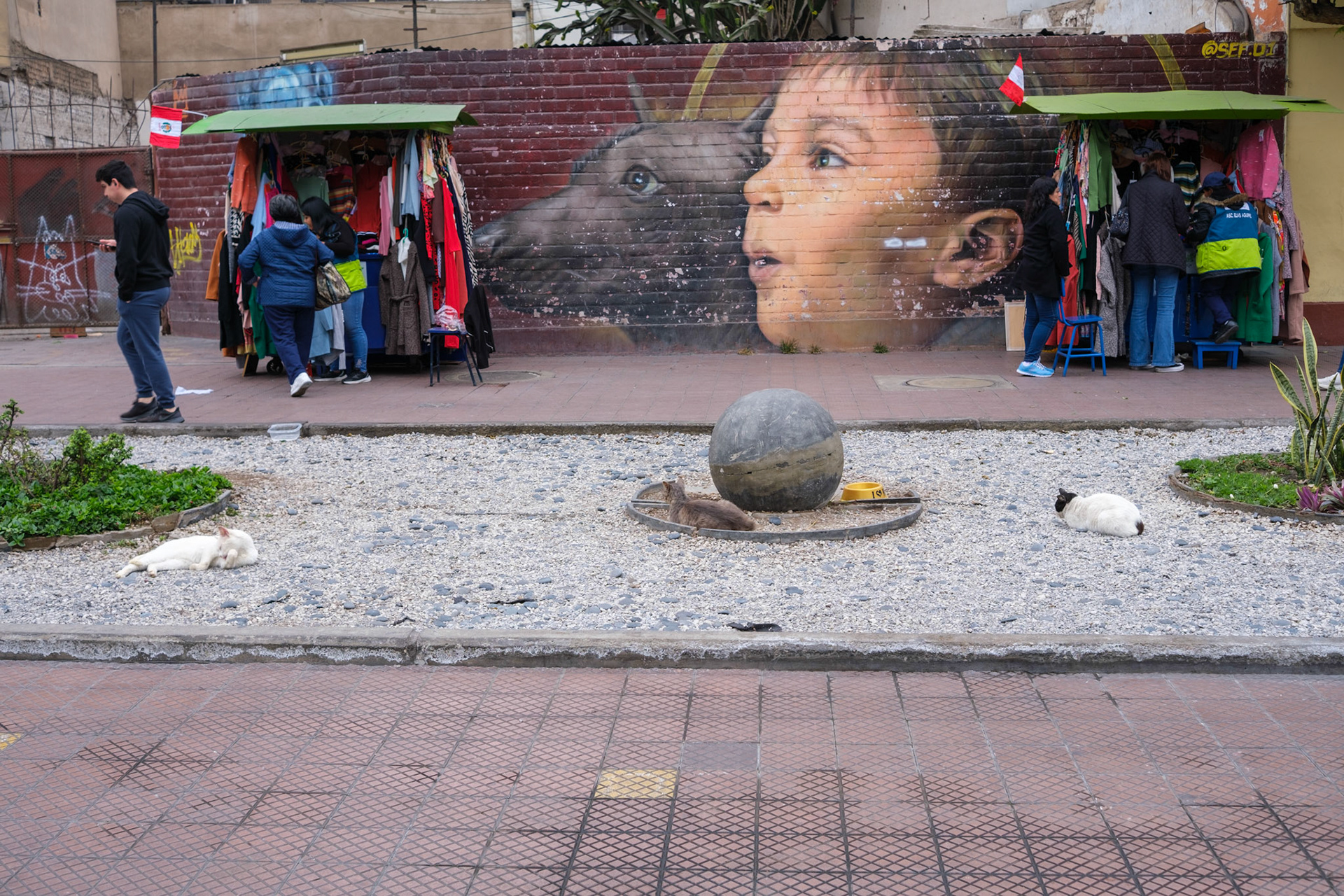
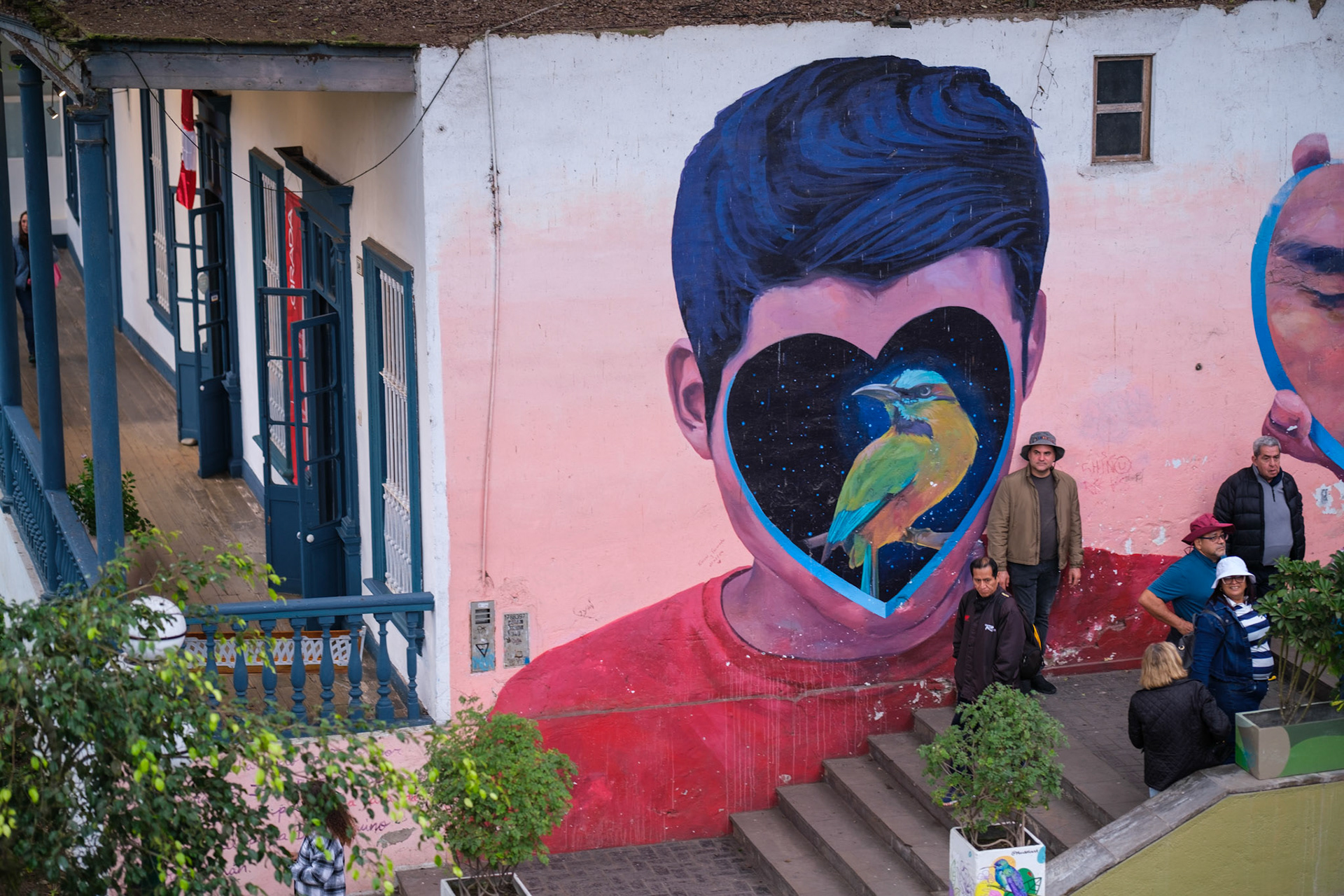
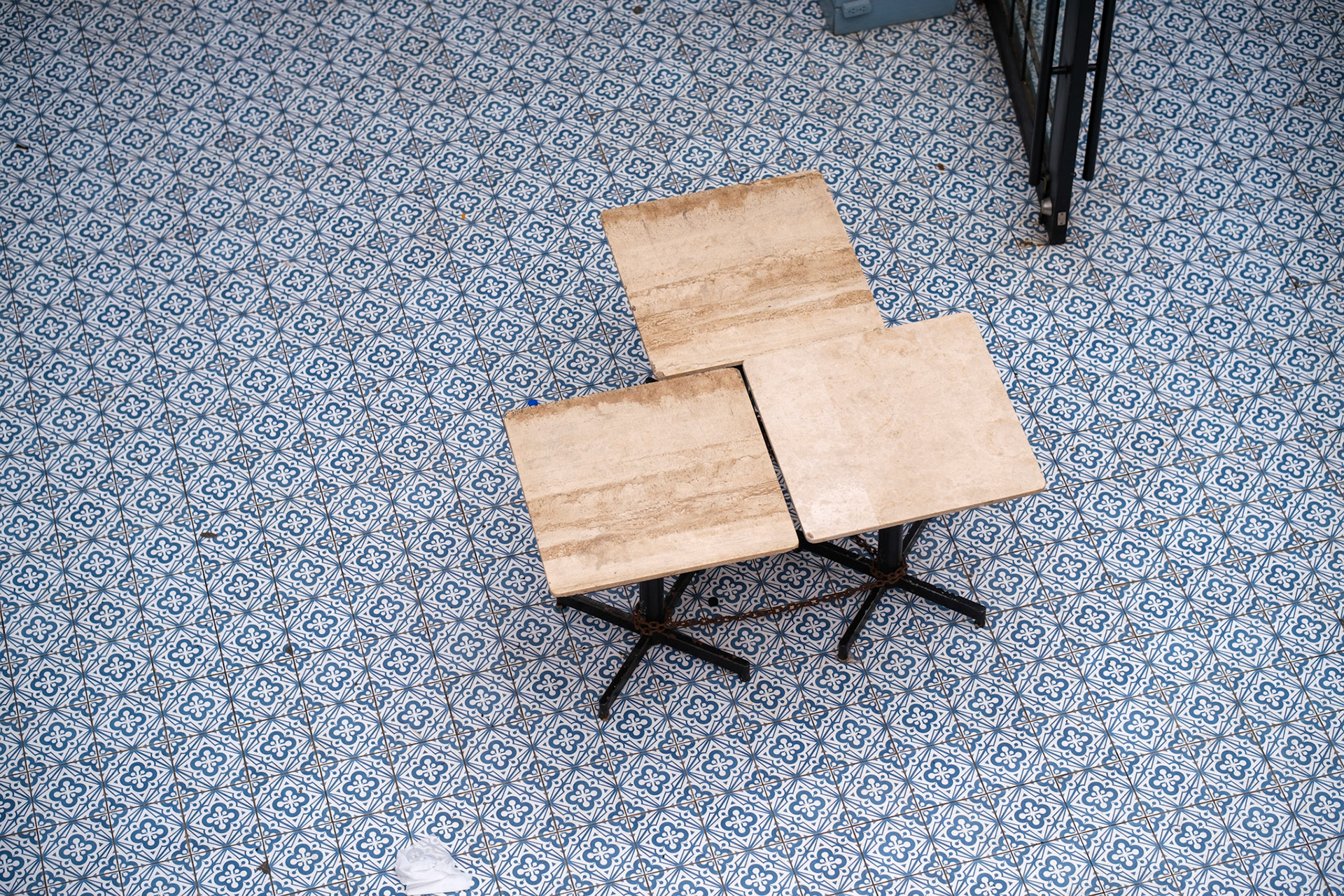





Peru offers an opportunity to consider the weight of heritage and desire to change. It is said that the Spanish conquest was conveniently facilitated by civil war in the nation upon their arrival. To further this instability, Peruvian officials made a key mistake in exposing the wealth of natural resources at its disposal. Through the effortless presentation of room of gold and silver, the Inca offered itself to visitors without full understanding of the implications of luxury and wealth outside of agrarian and craft based systems. Currently, Peru can be seen as a land of continuously rich natural resources. The influence of the Spanish and catholicism have largely eclipsed Inca culture, which does at times feel enhanced for outsiders. This is most evident in the dominance of Spanish to Quechuan language. A new interest from Chinese and Japanese culture is also present at this time.
Photos and Text: Dylan K. Jackson, copyright 2024